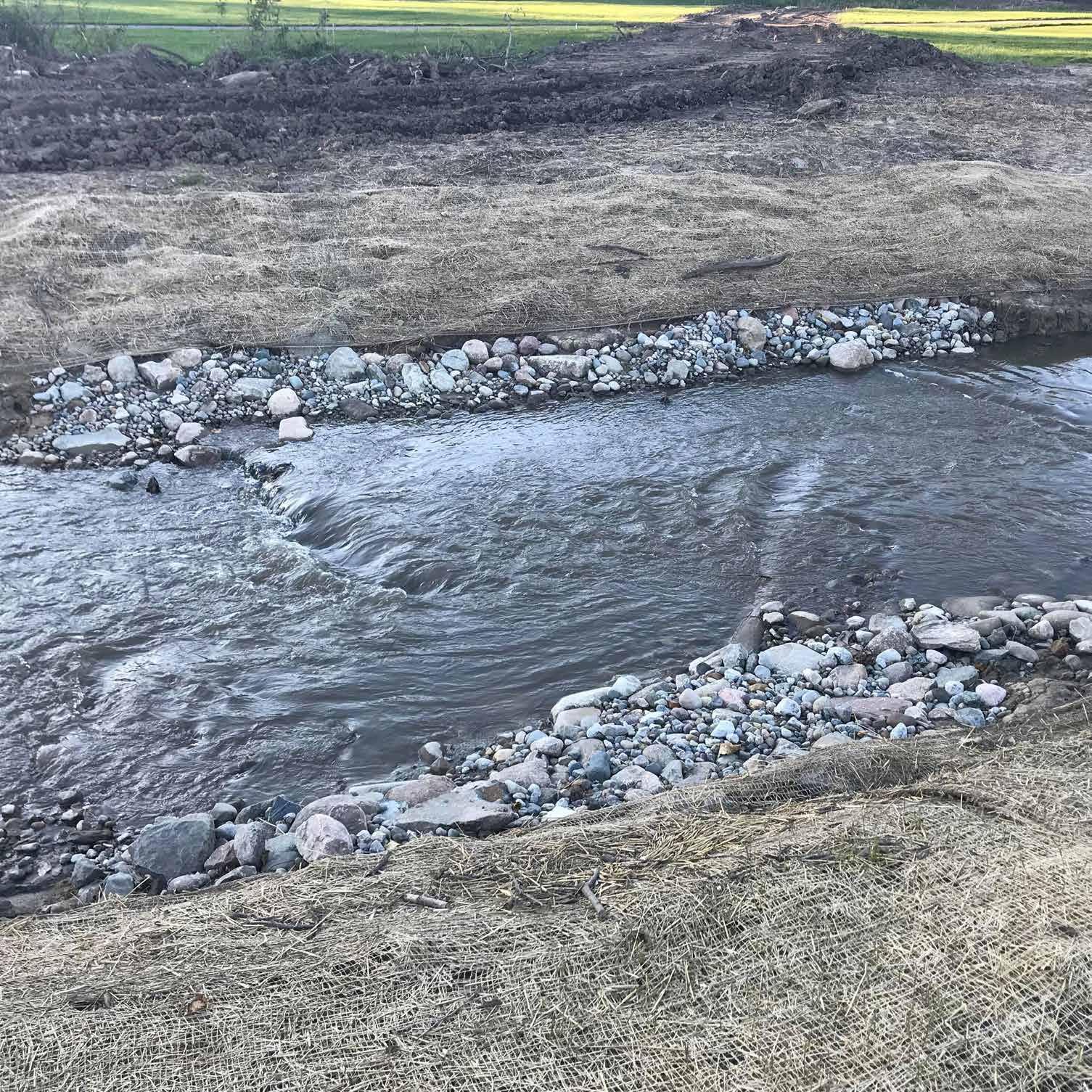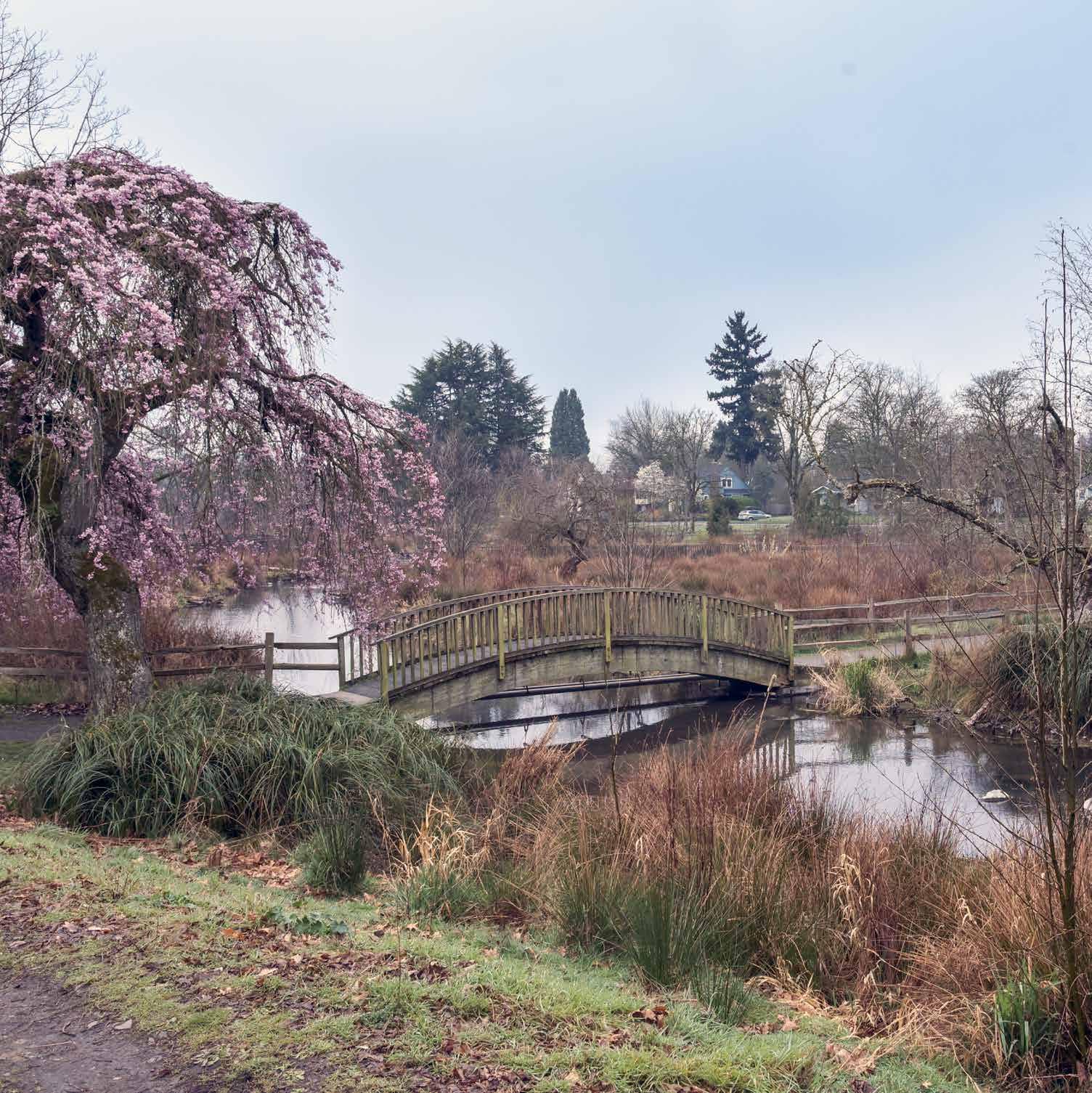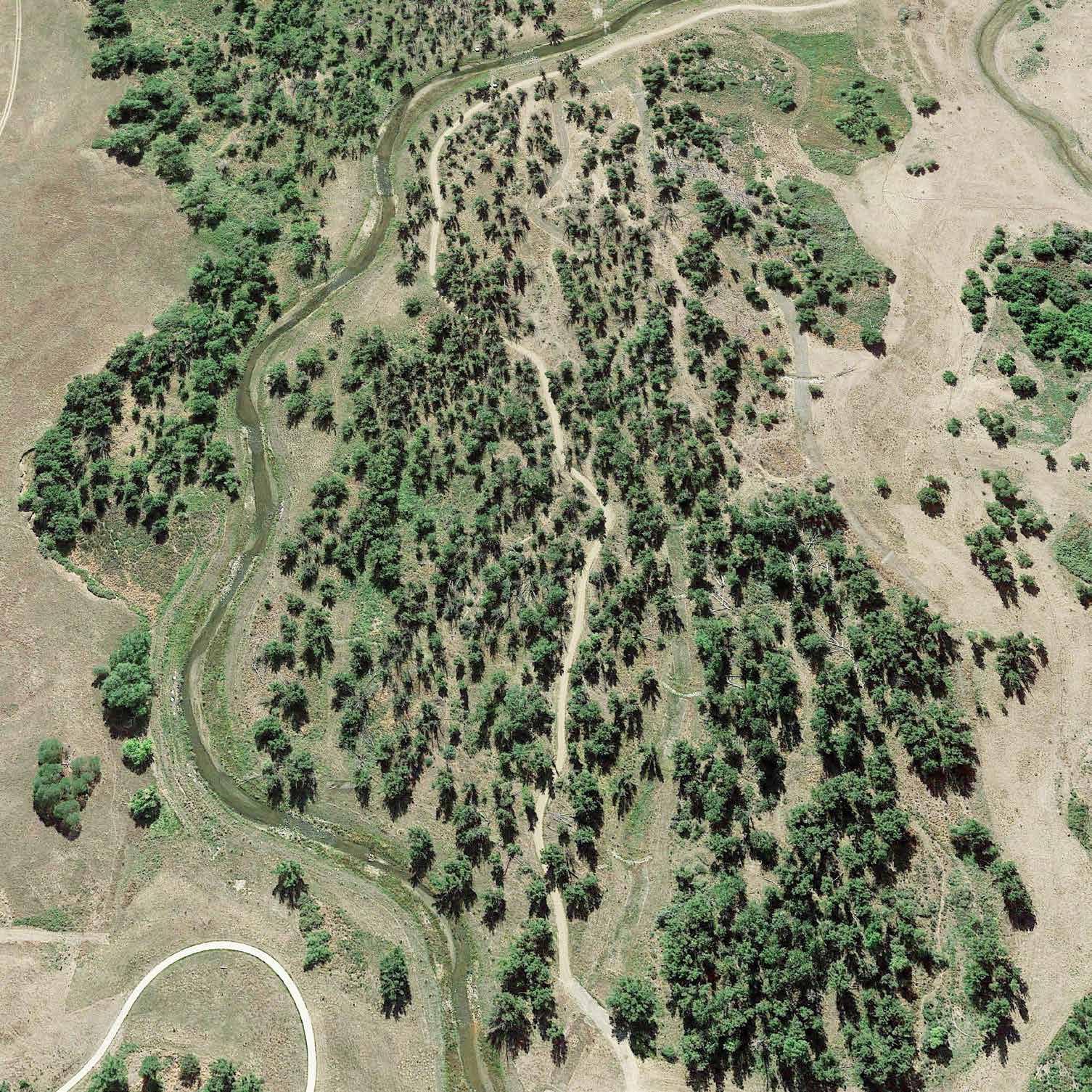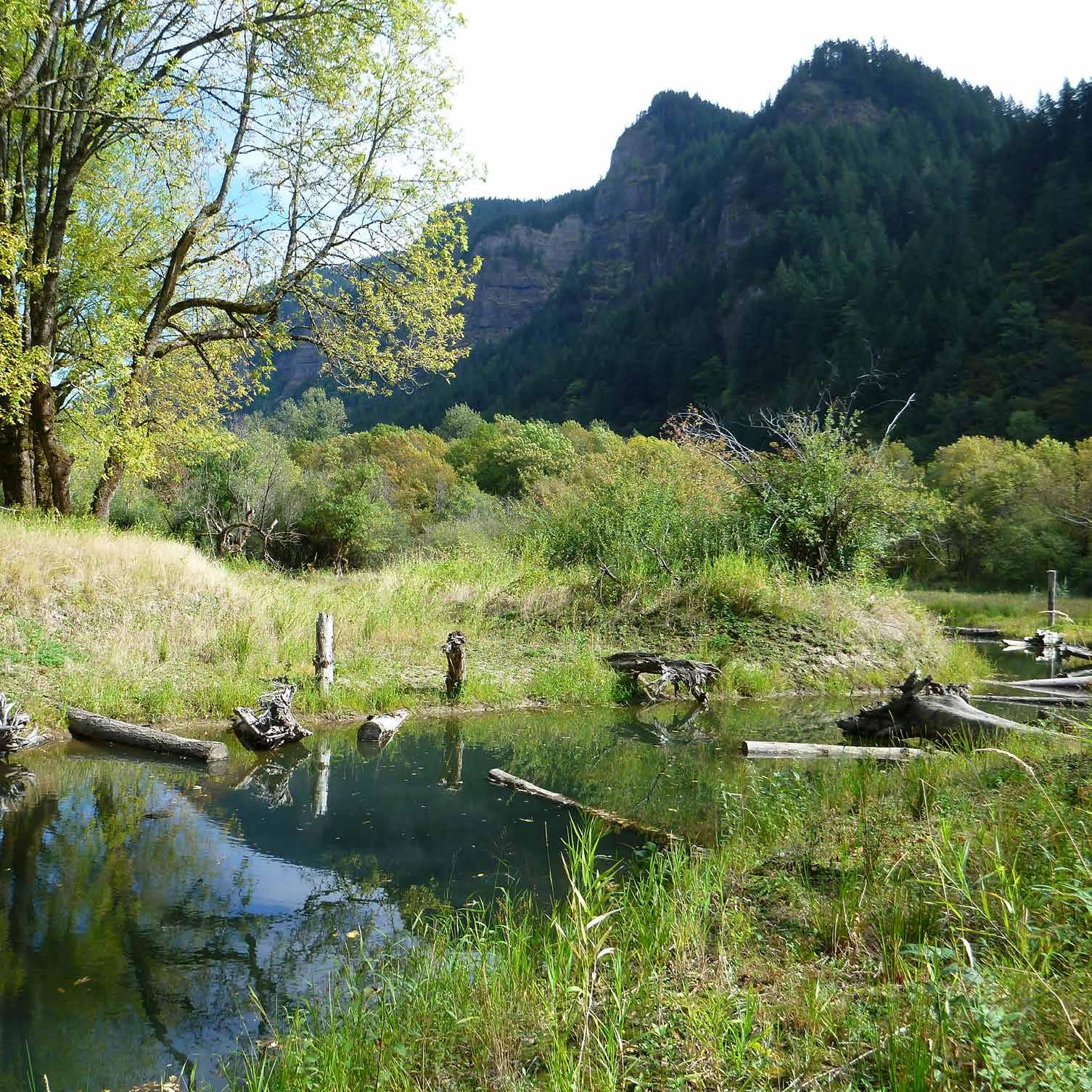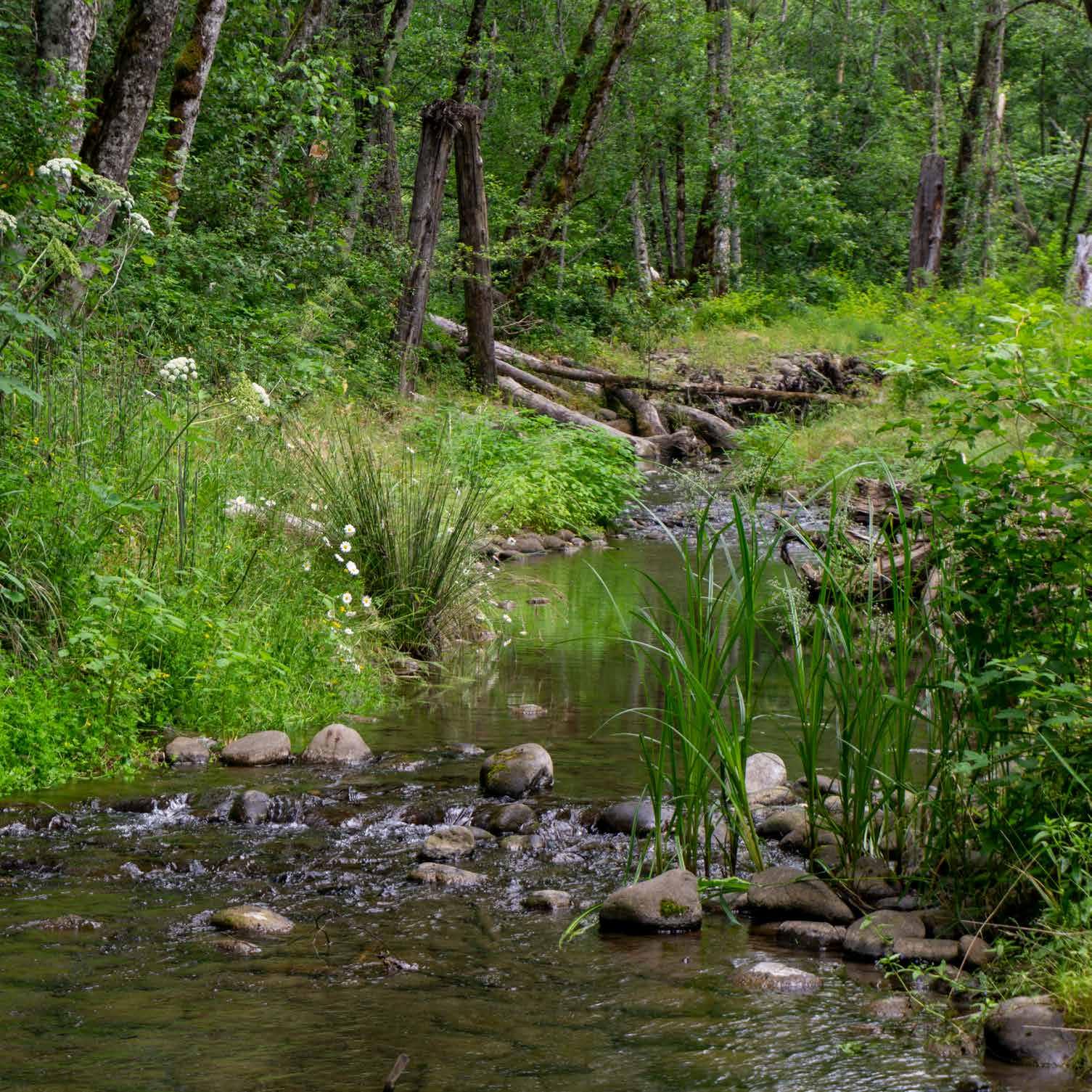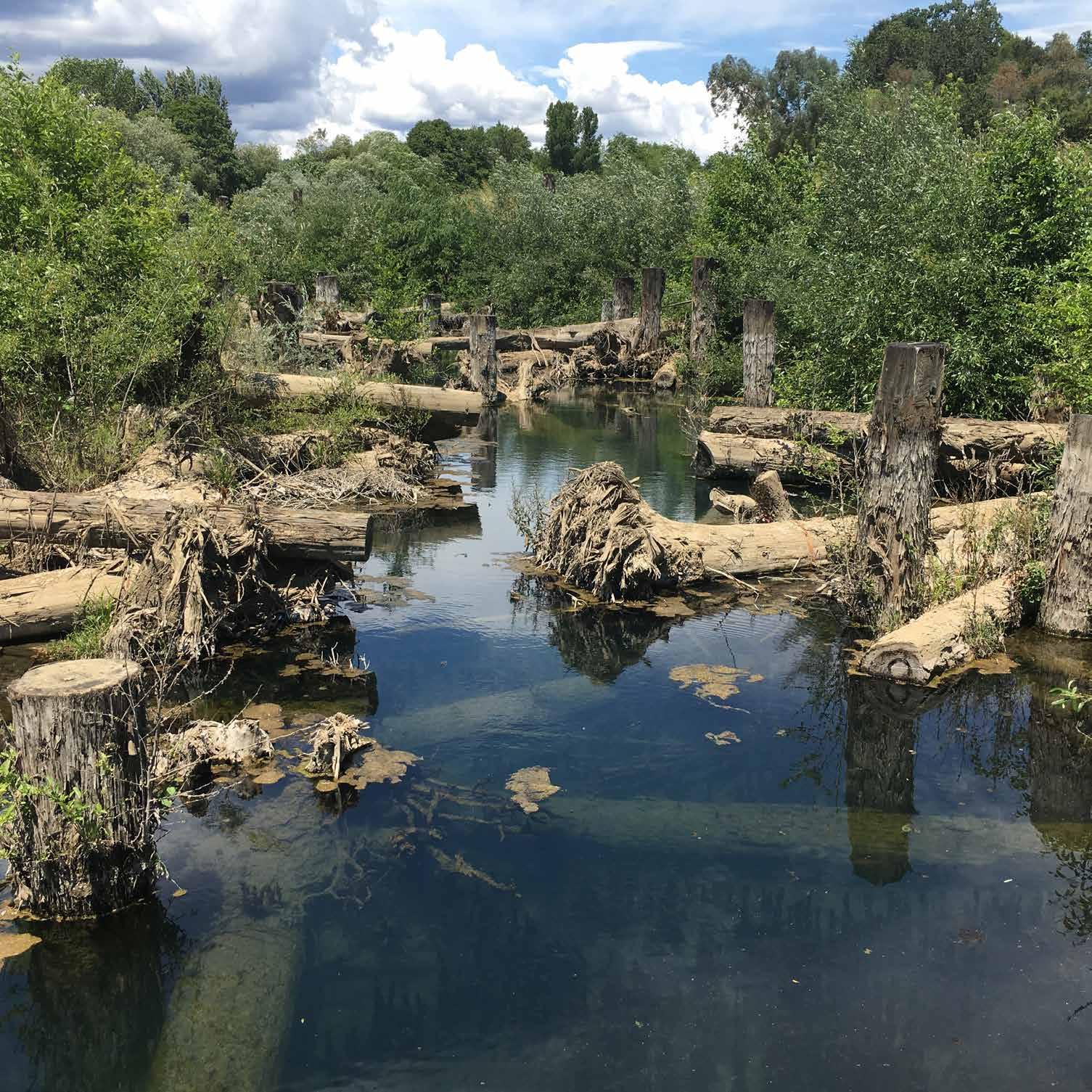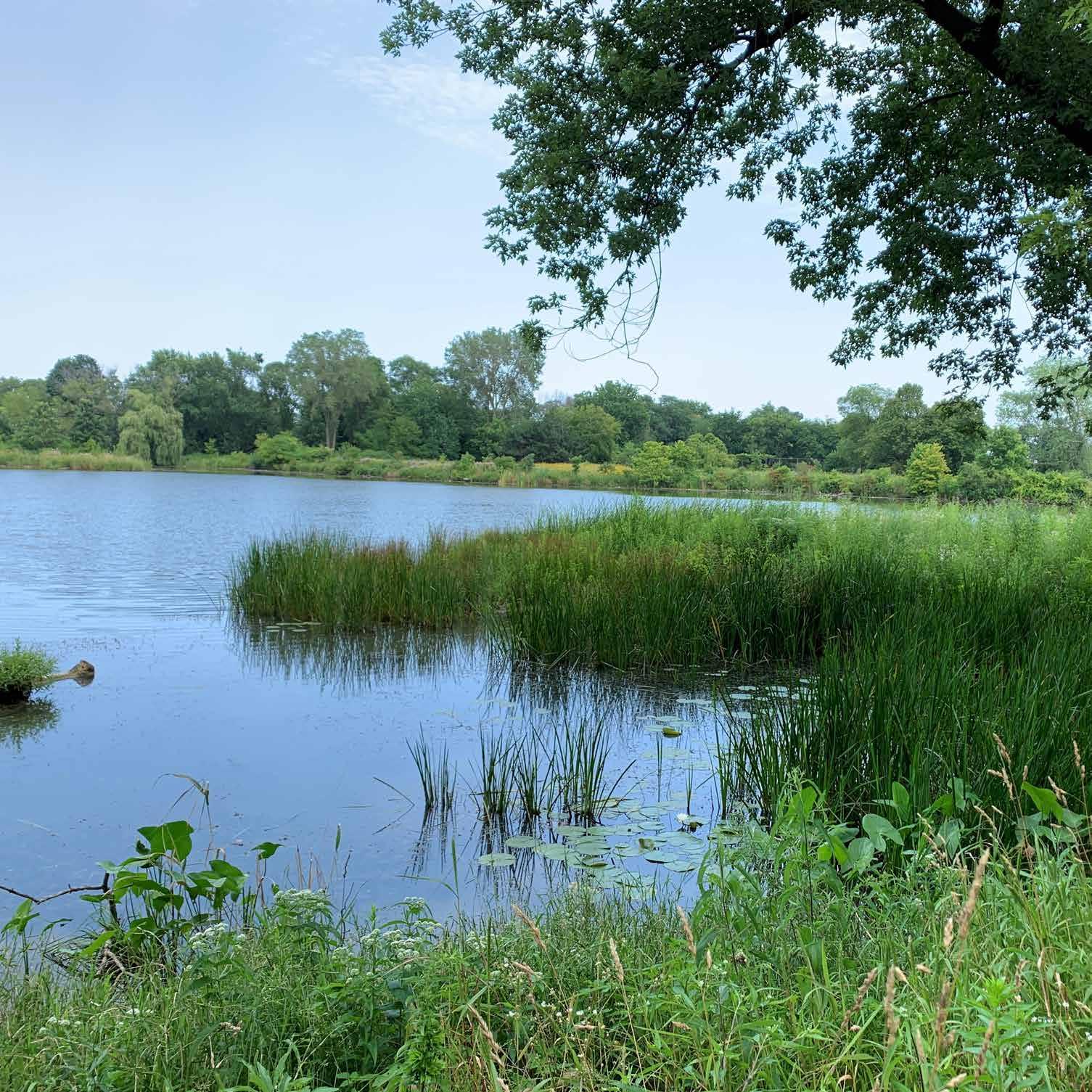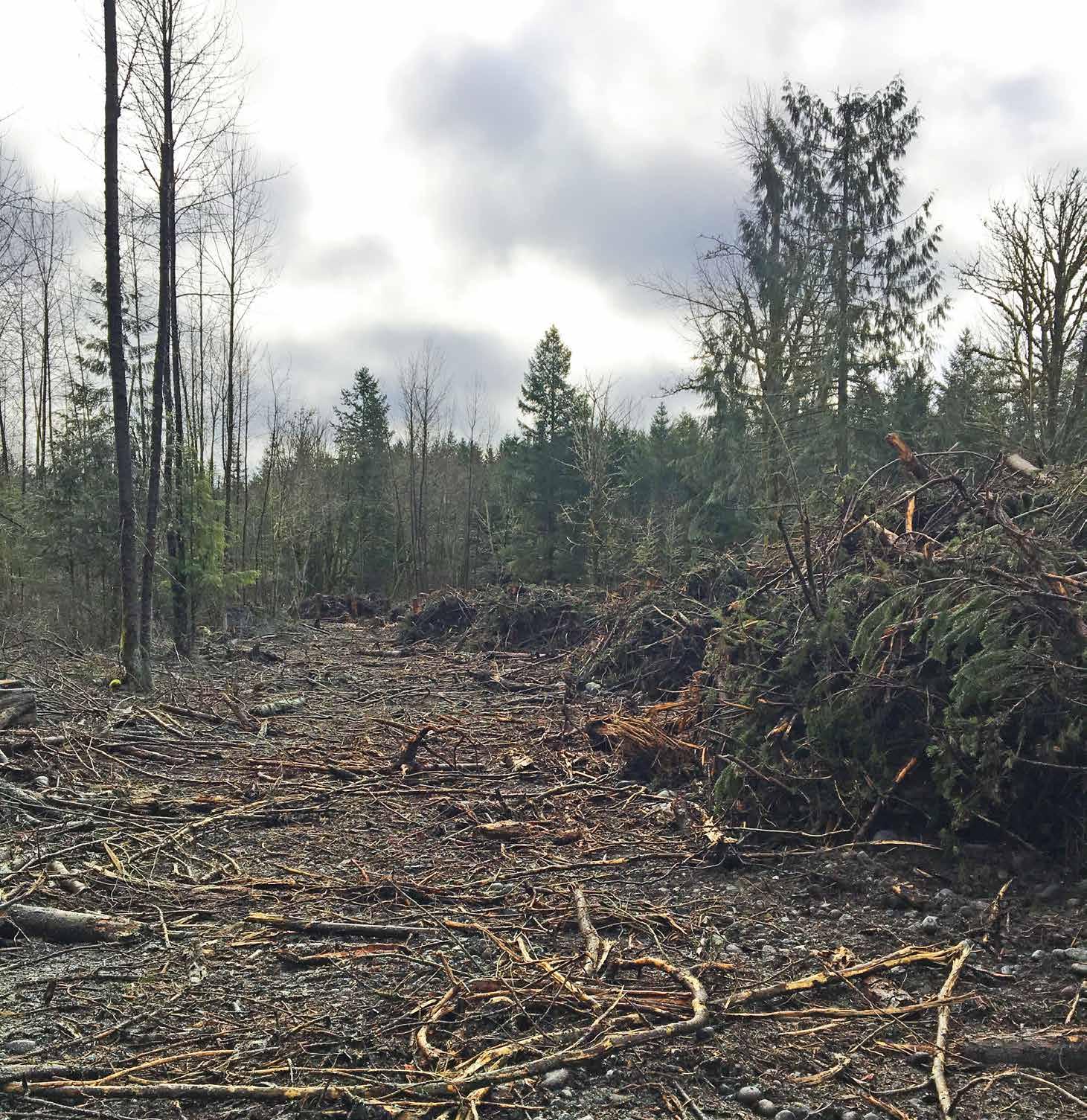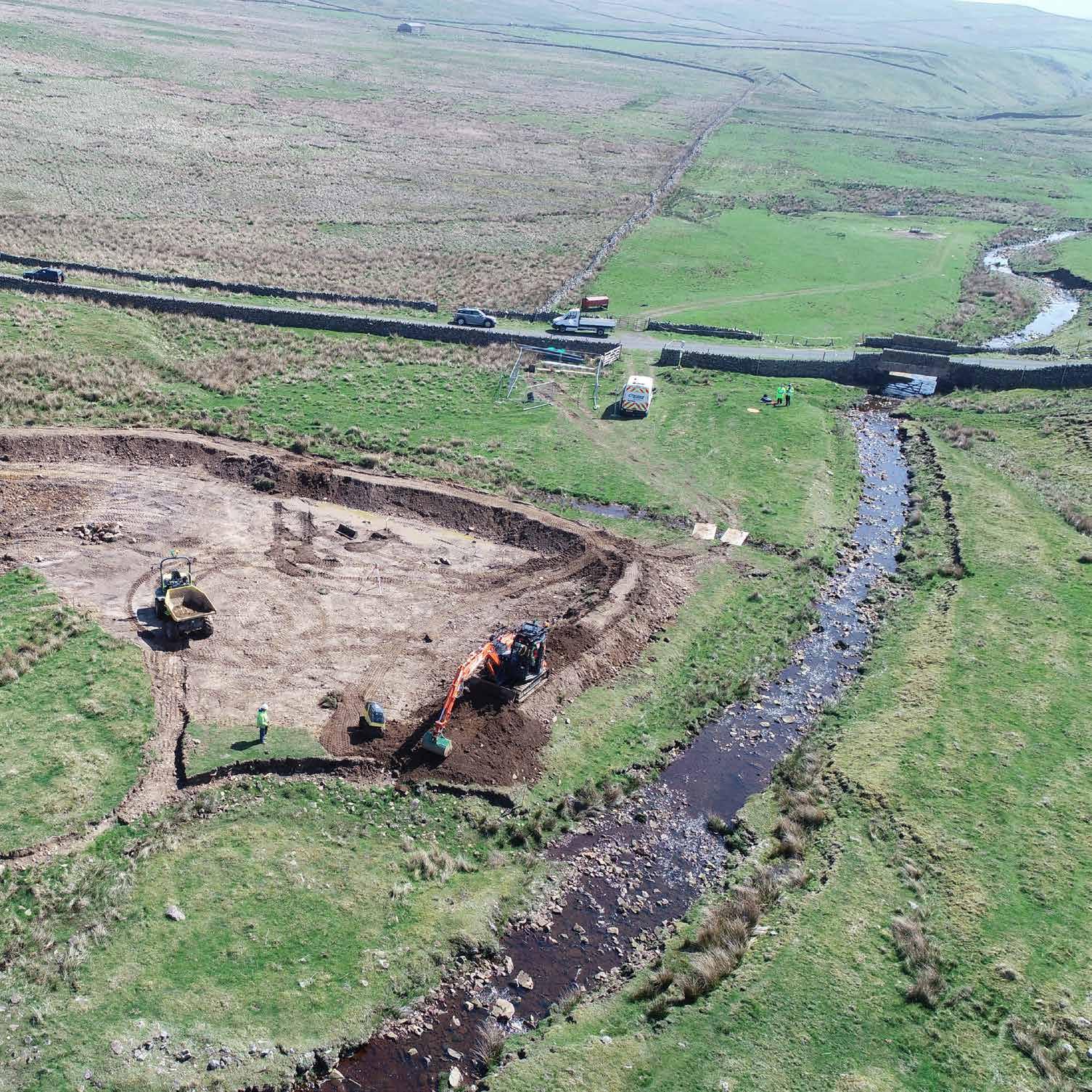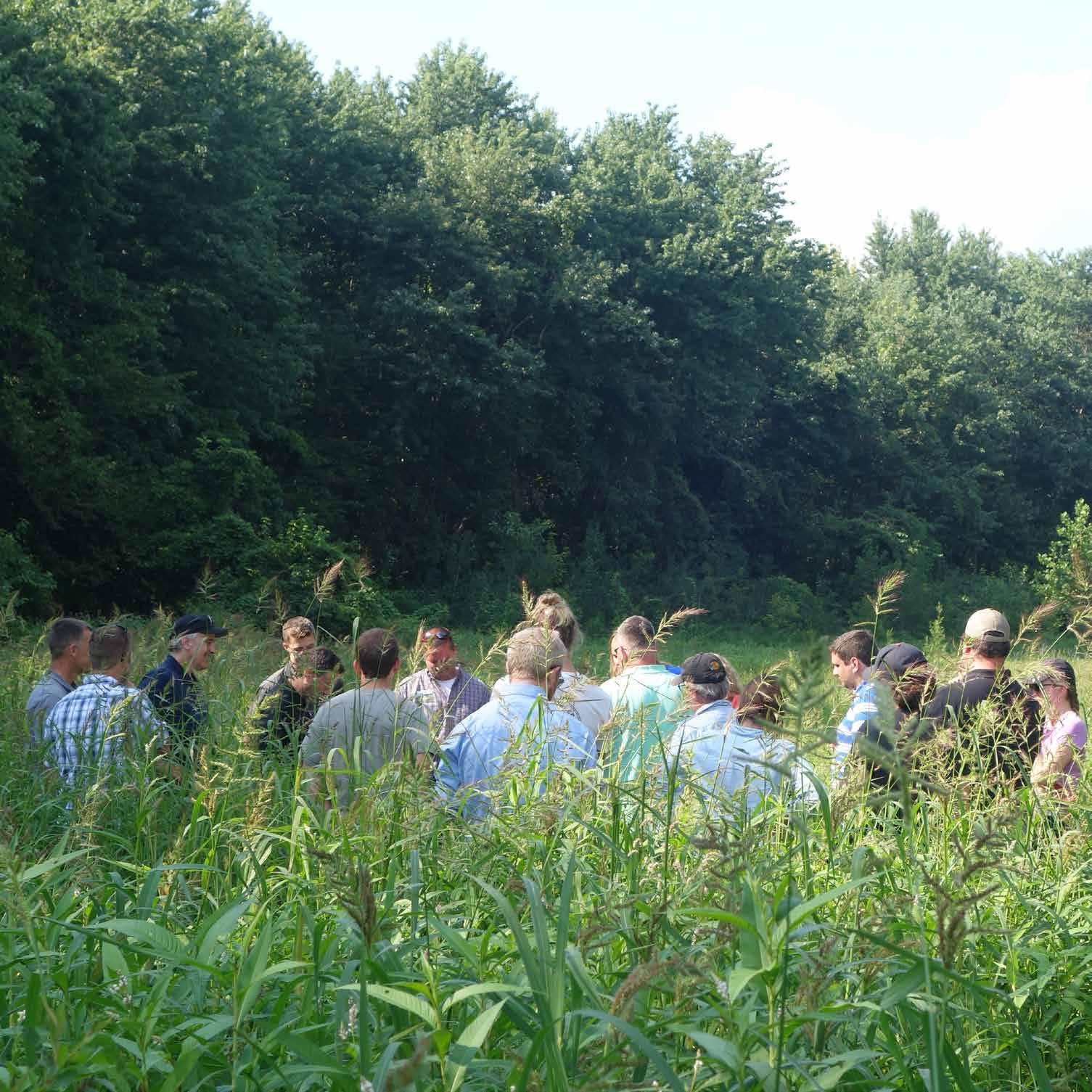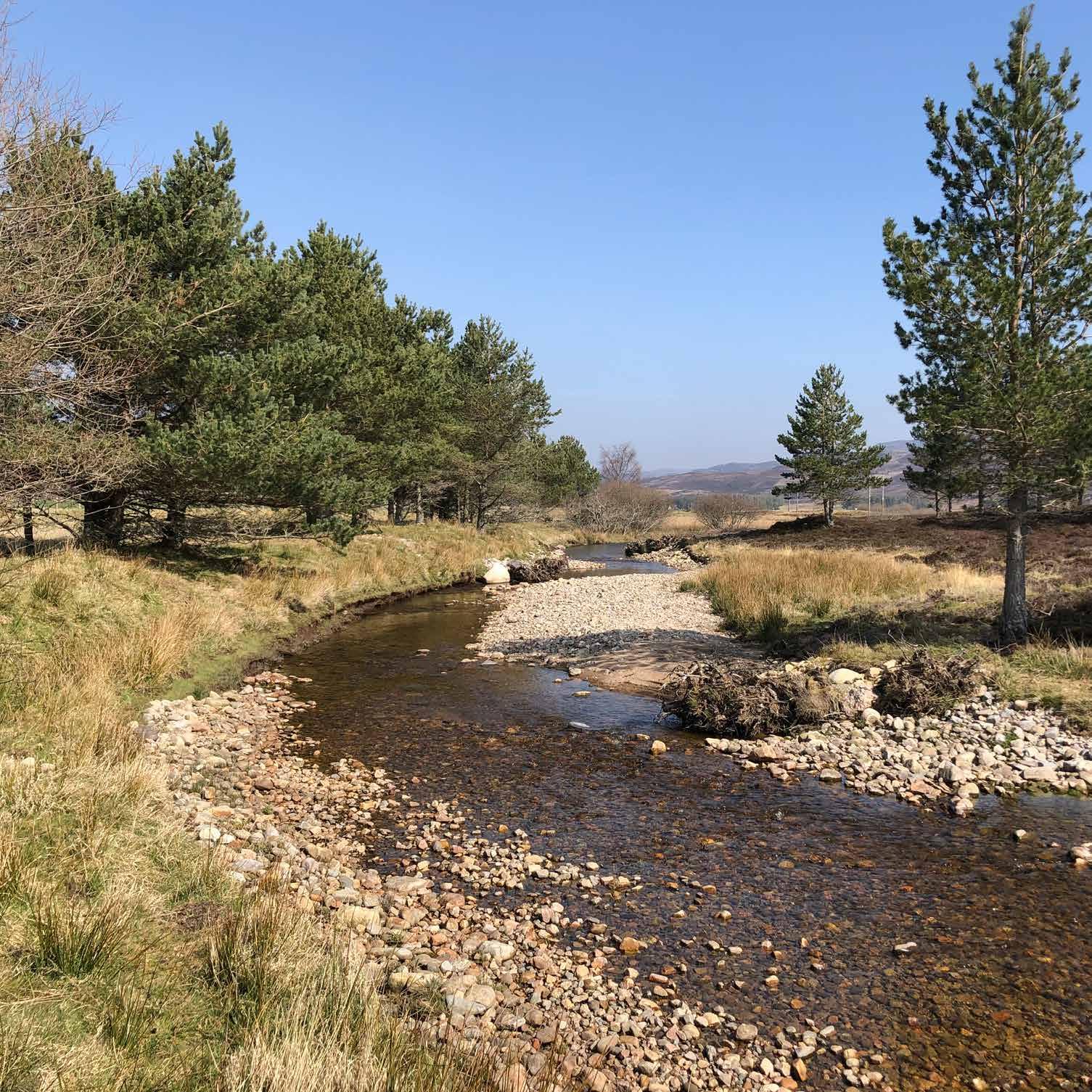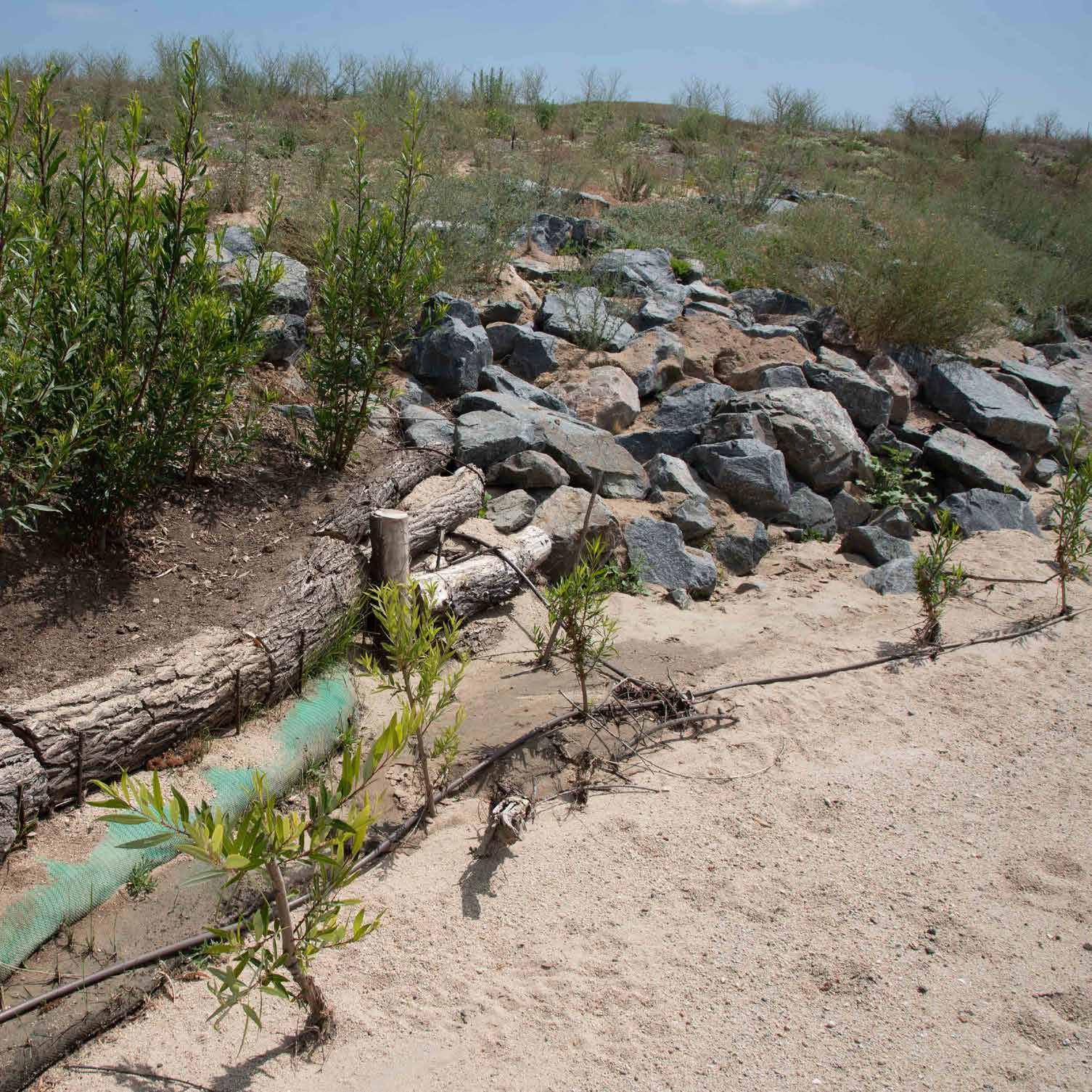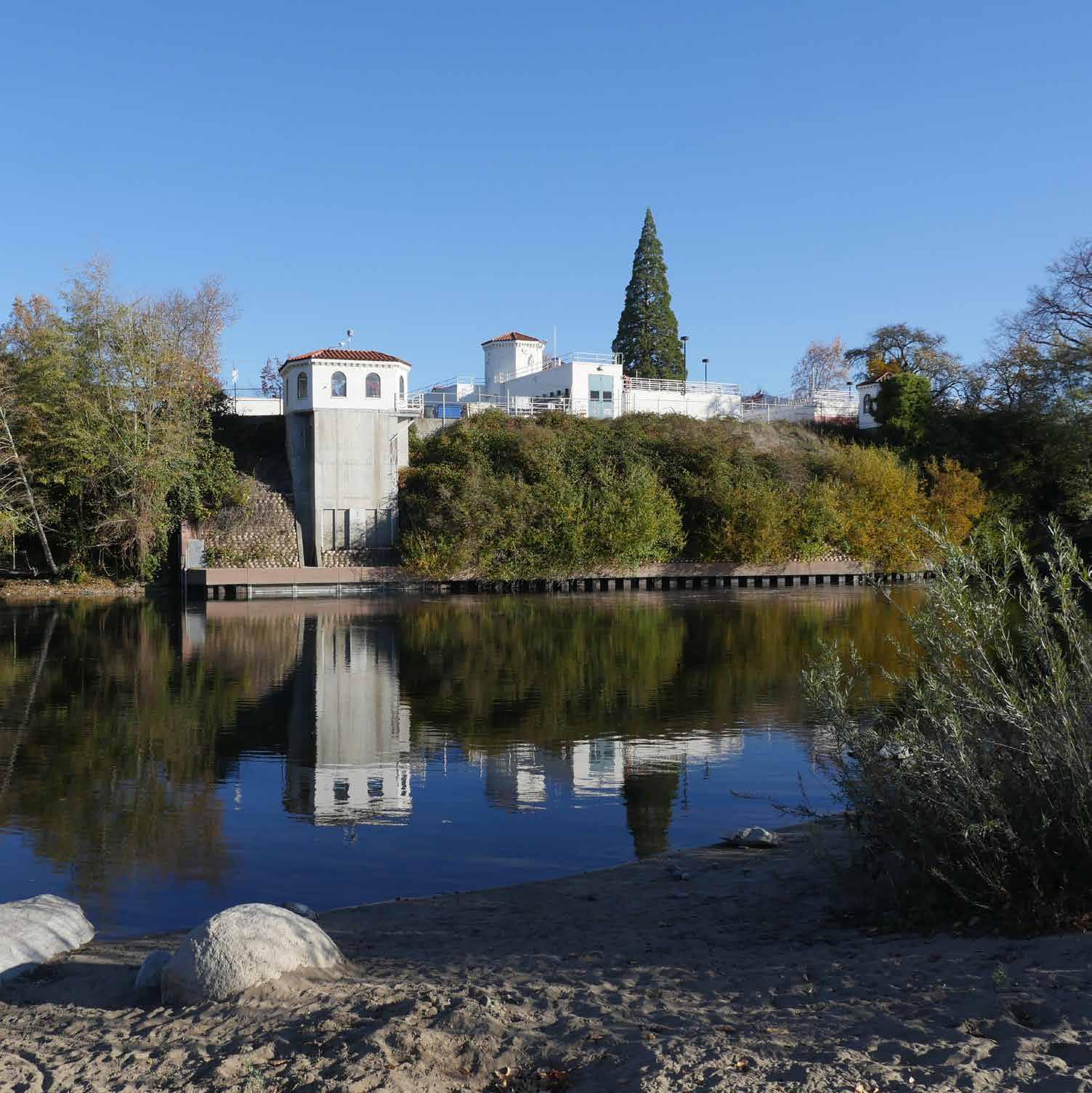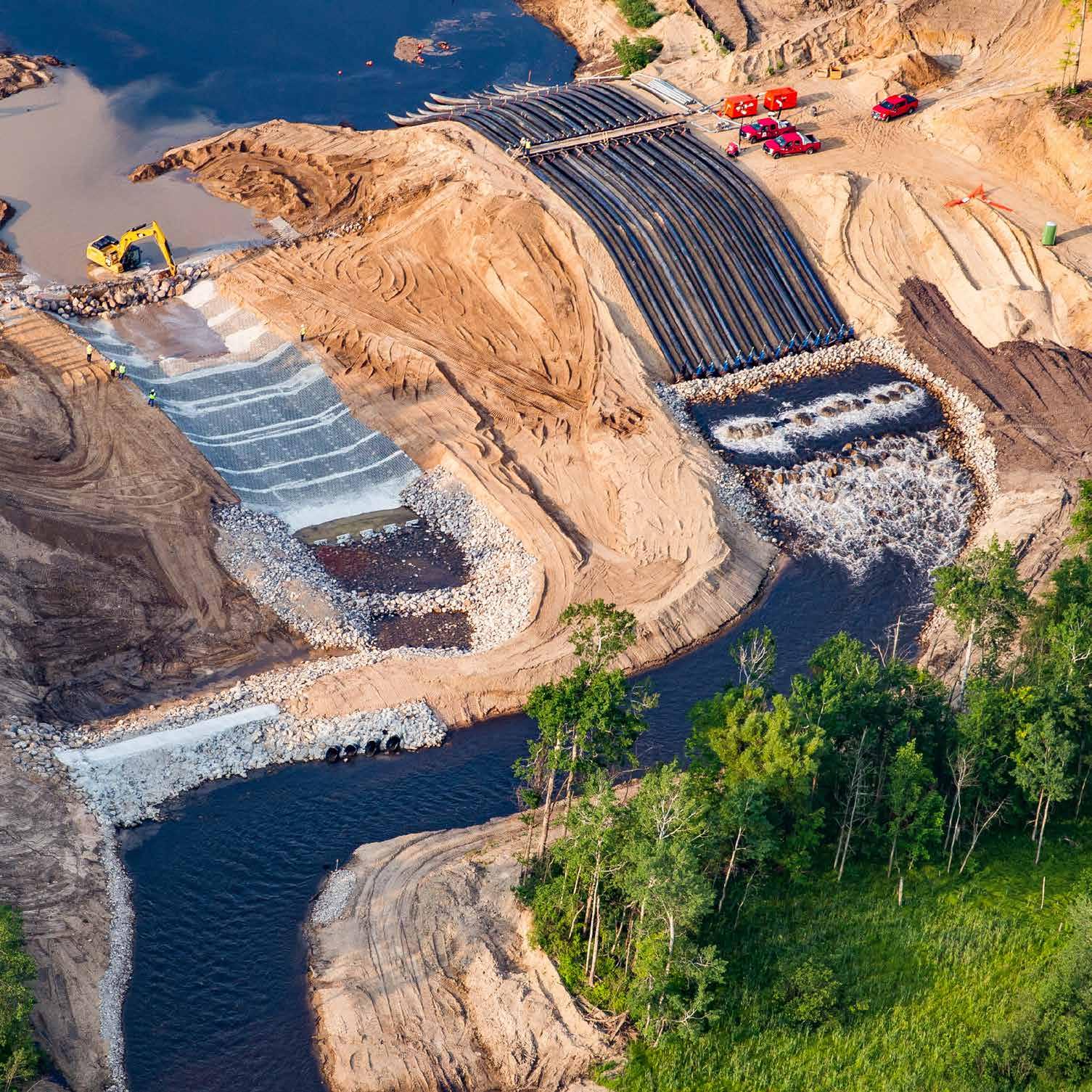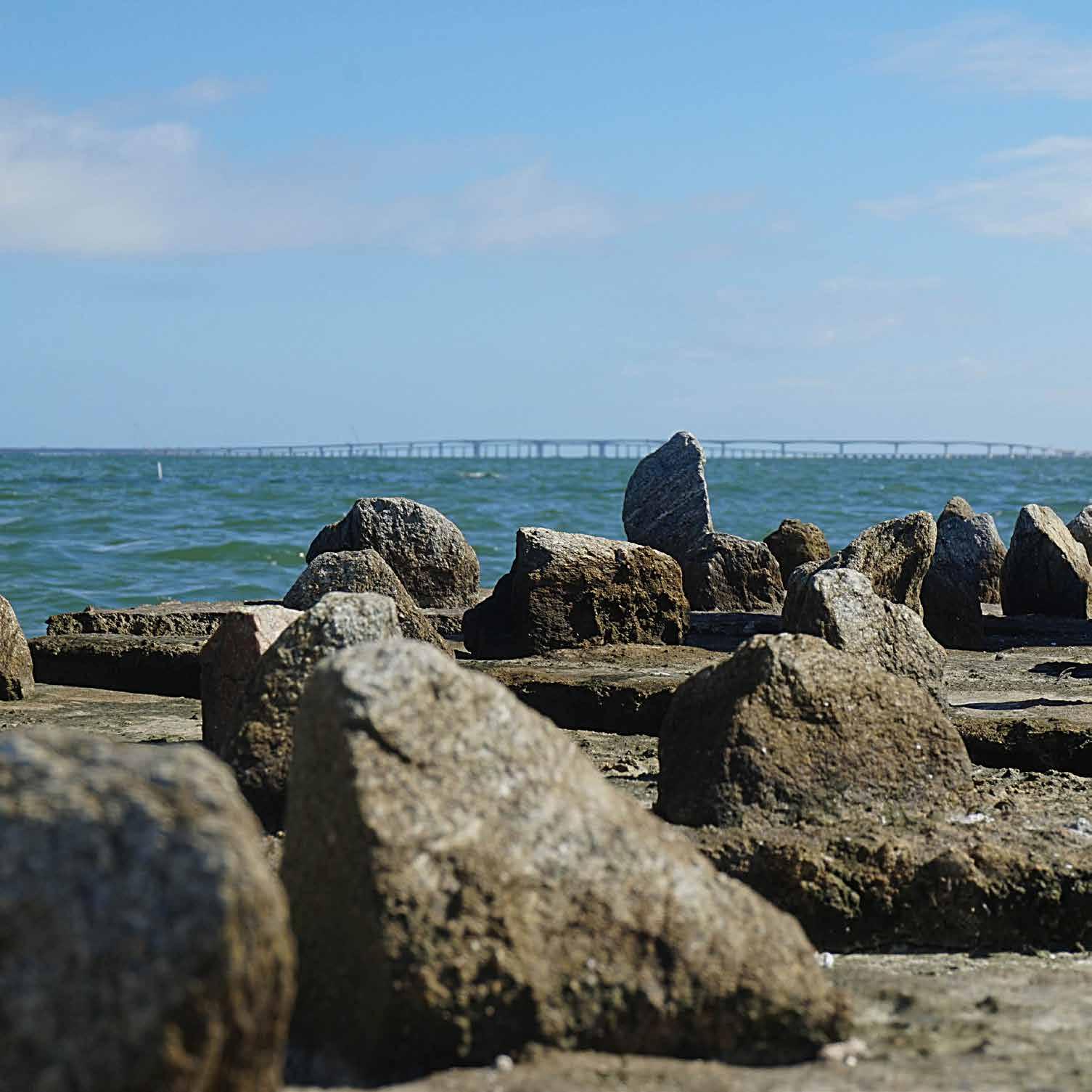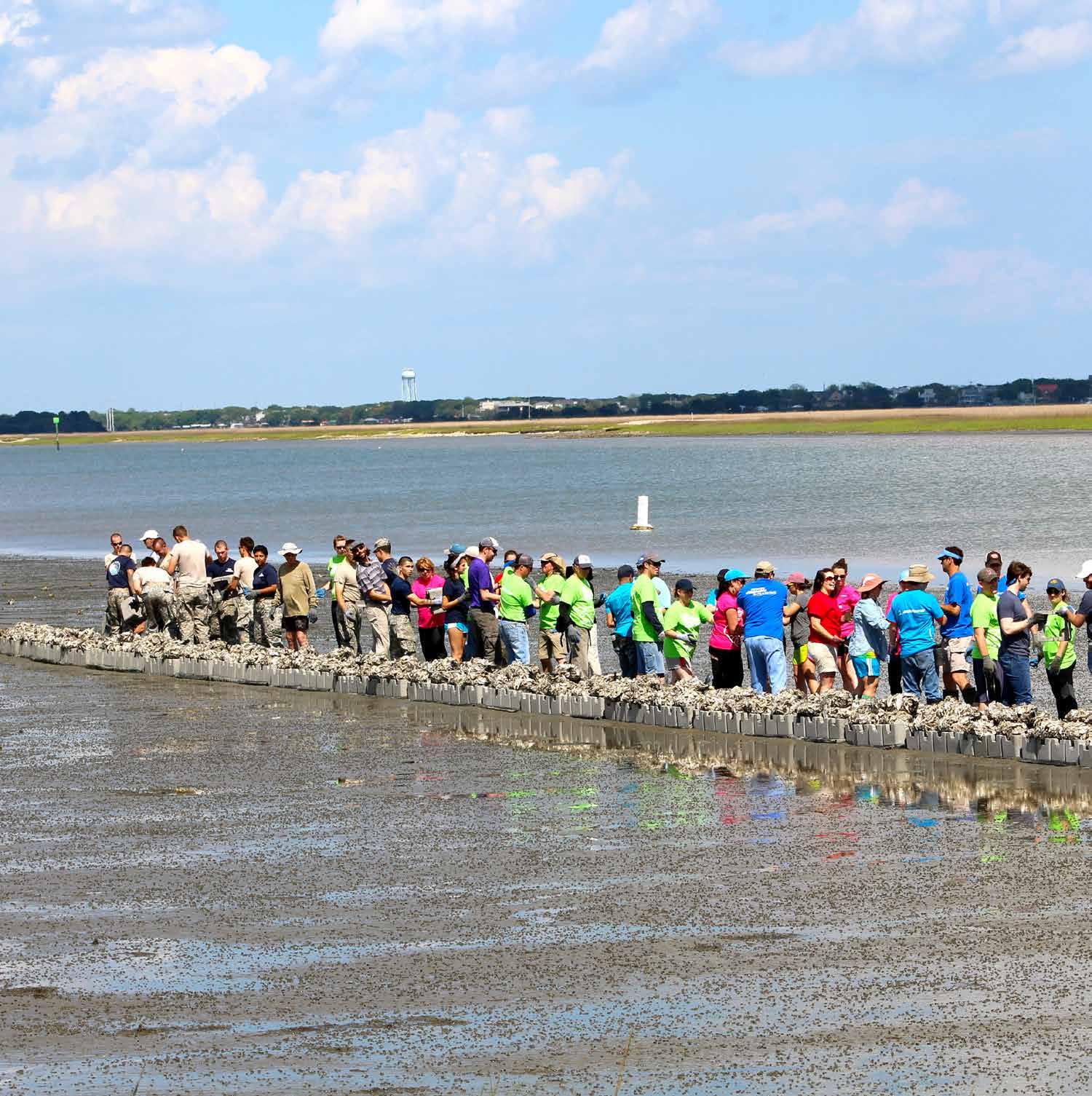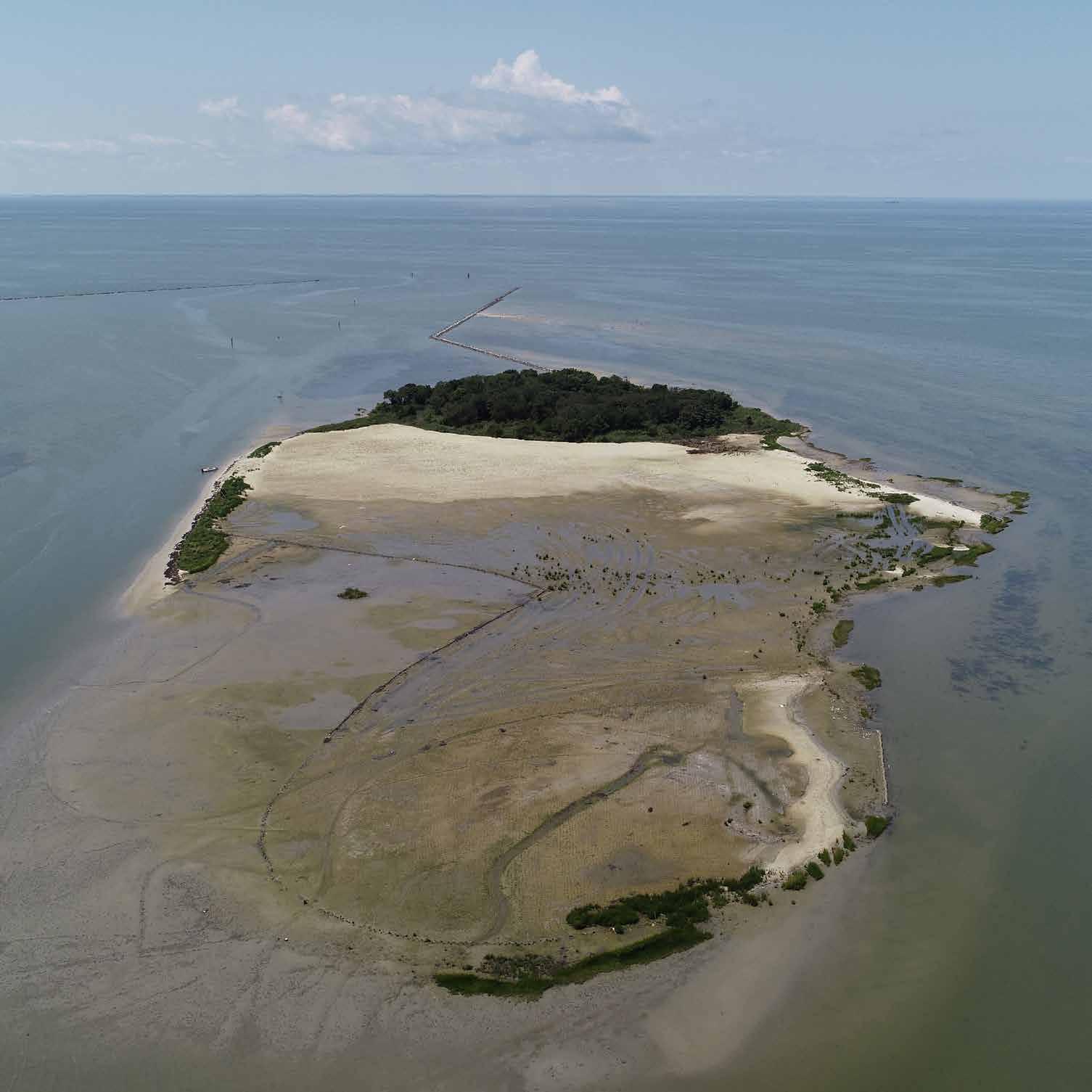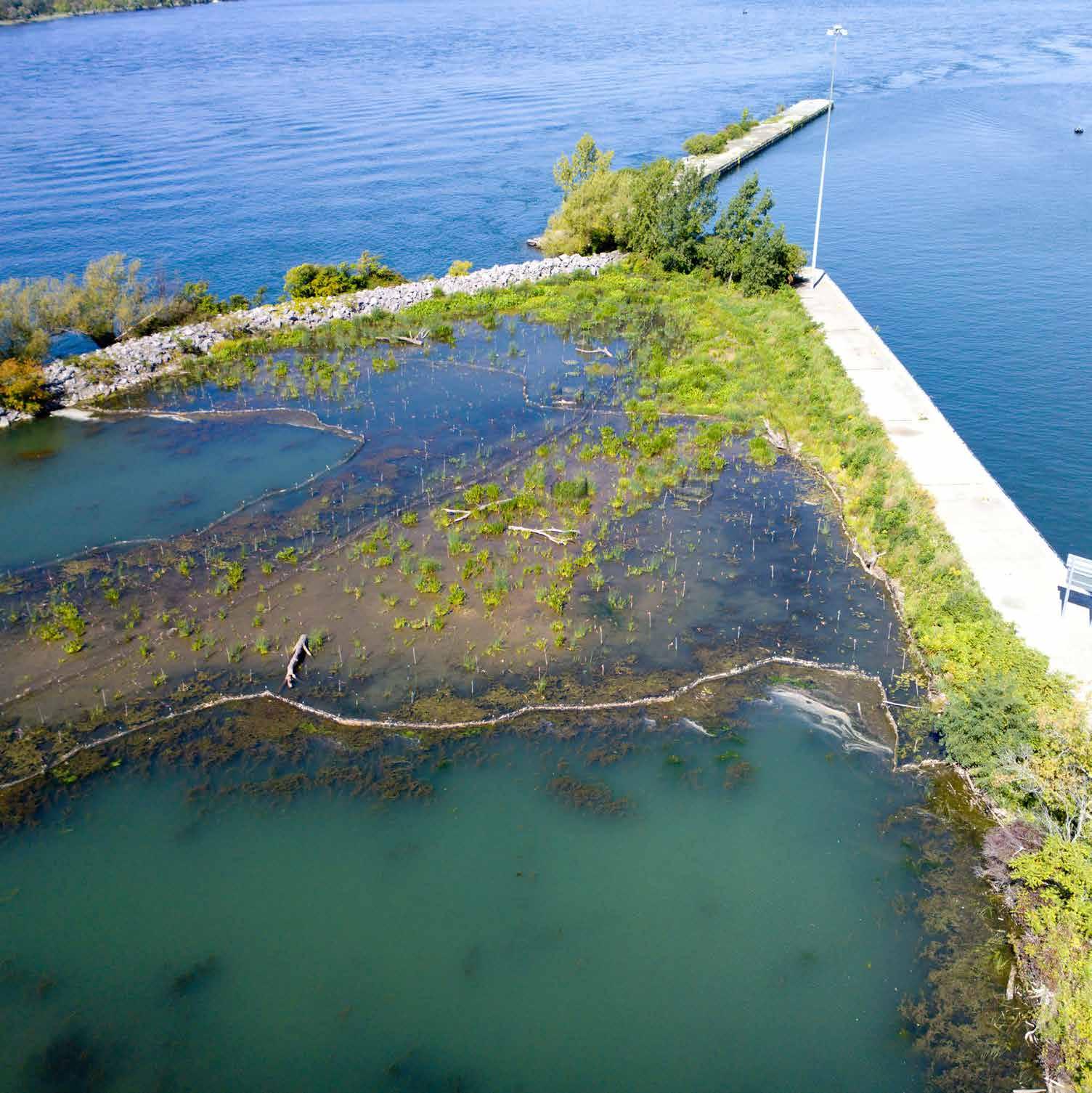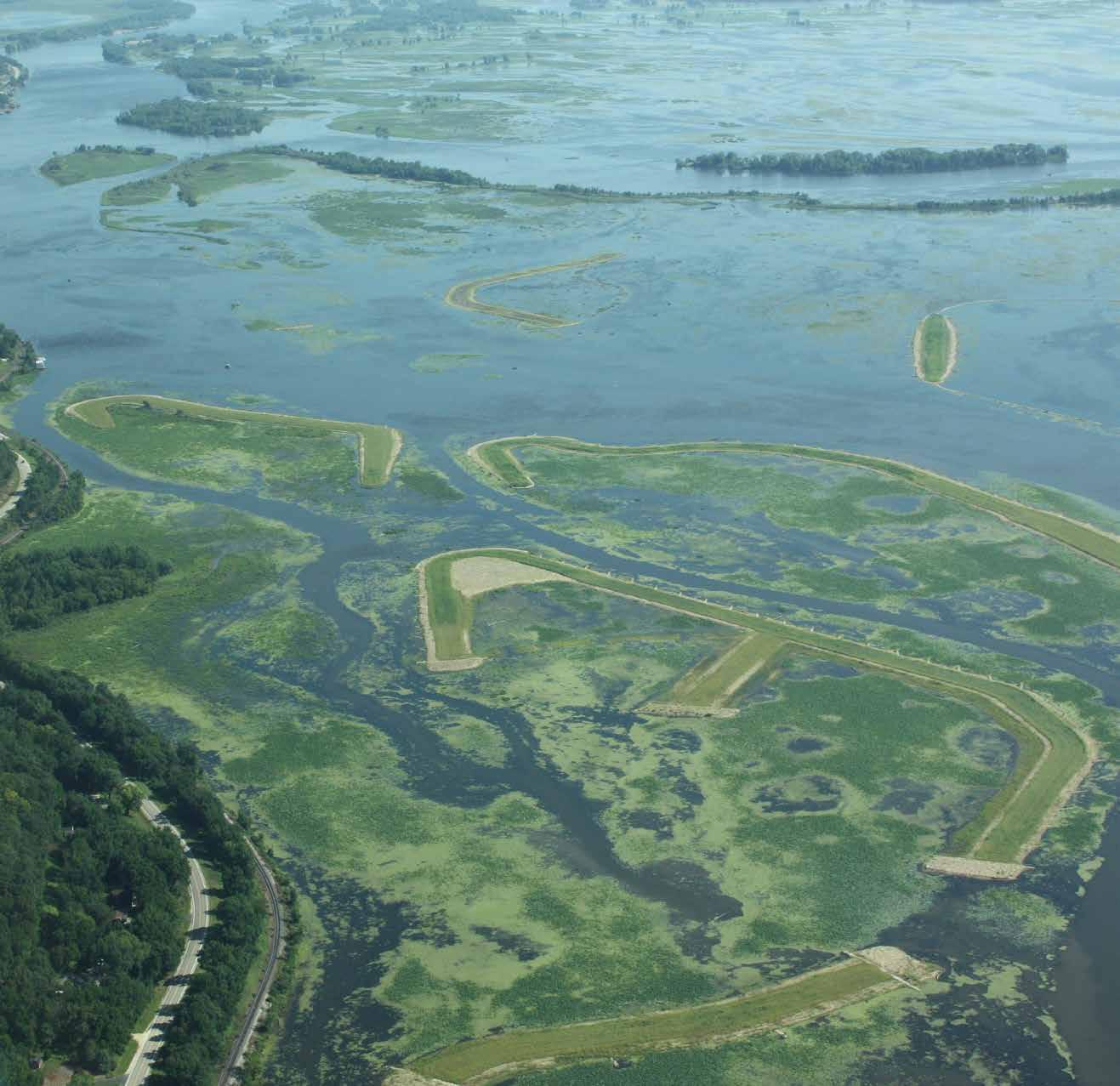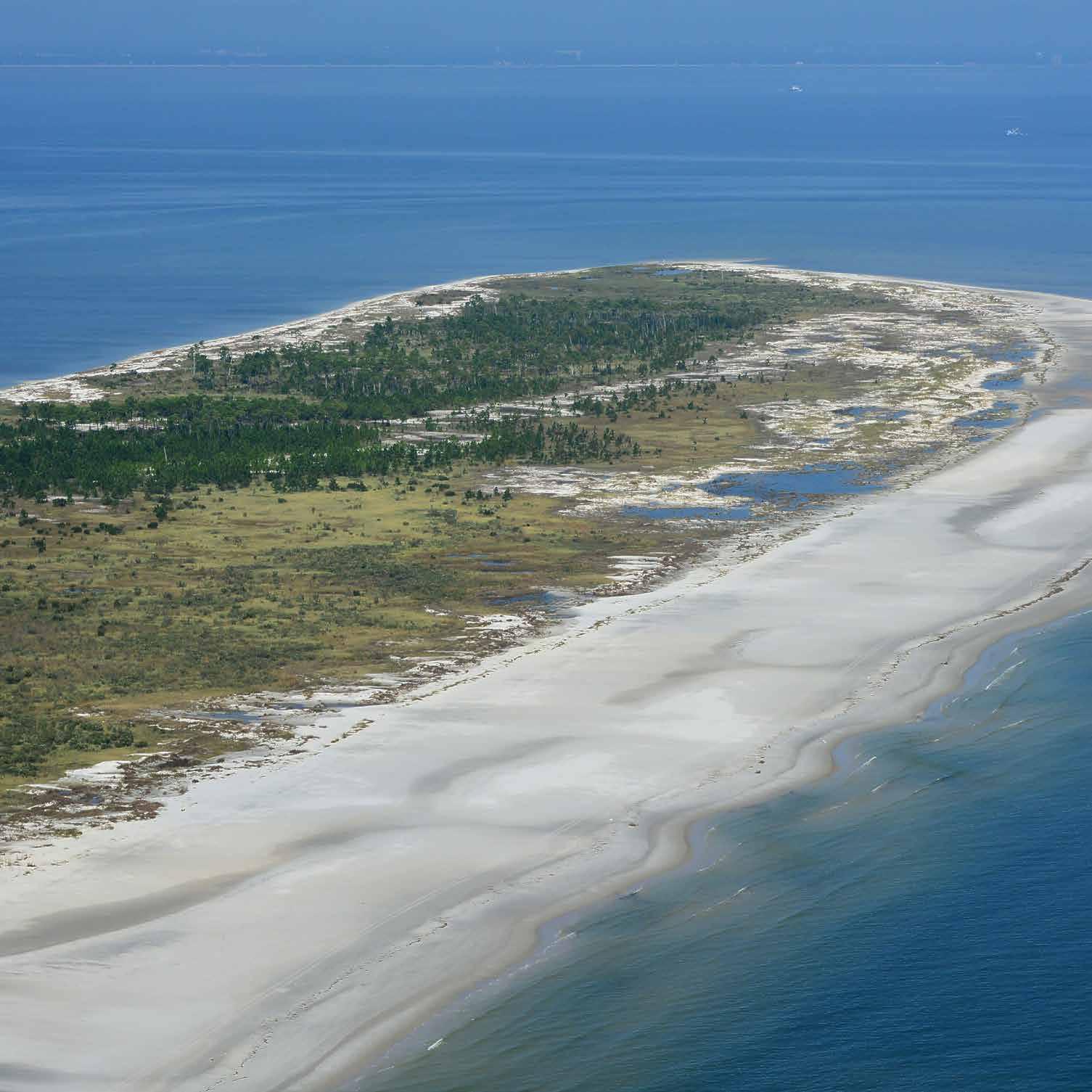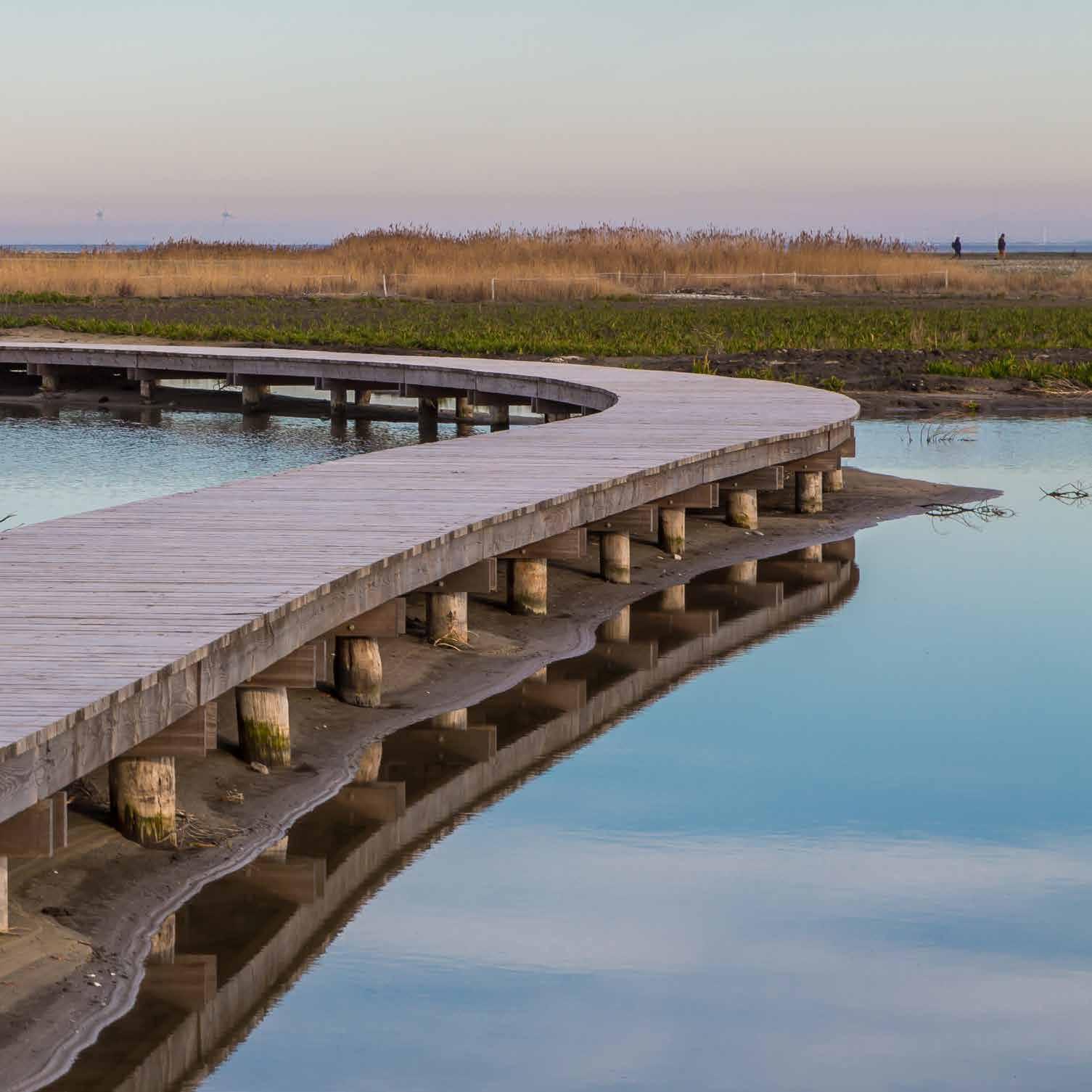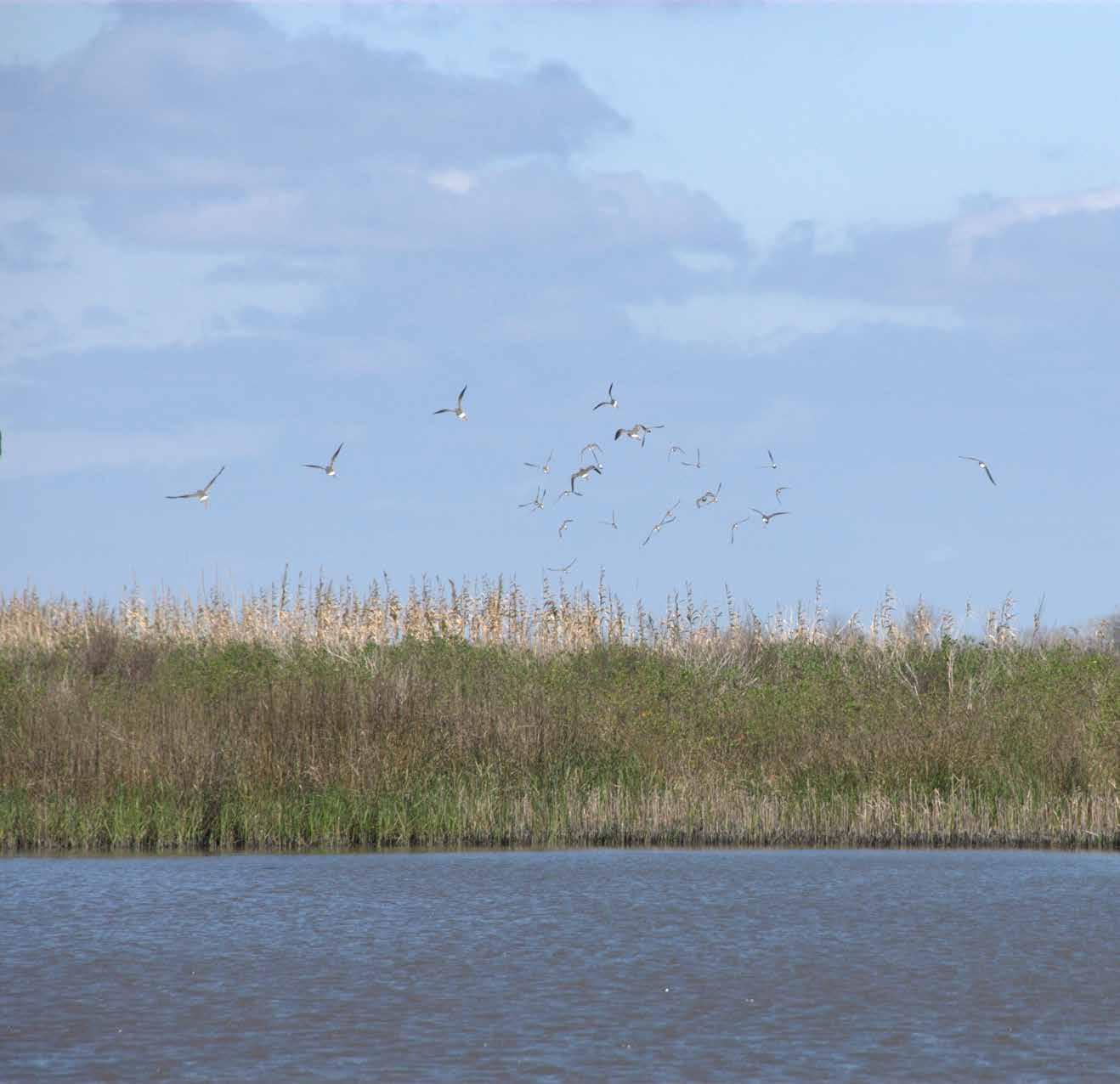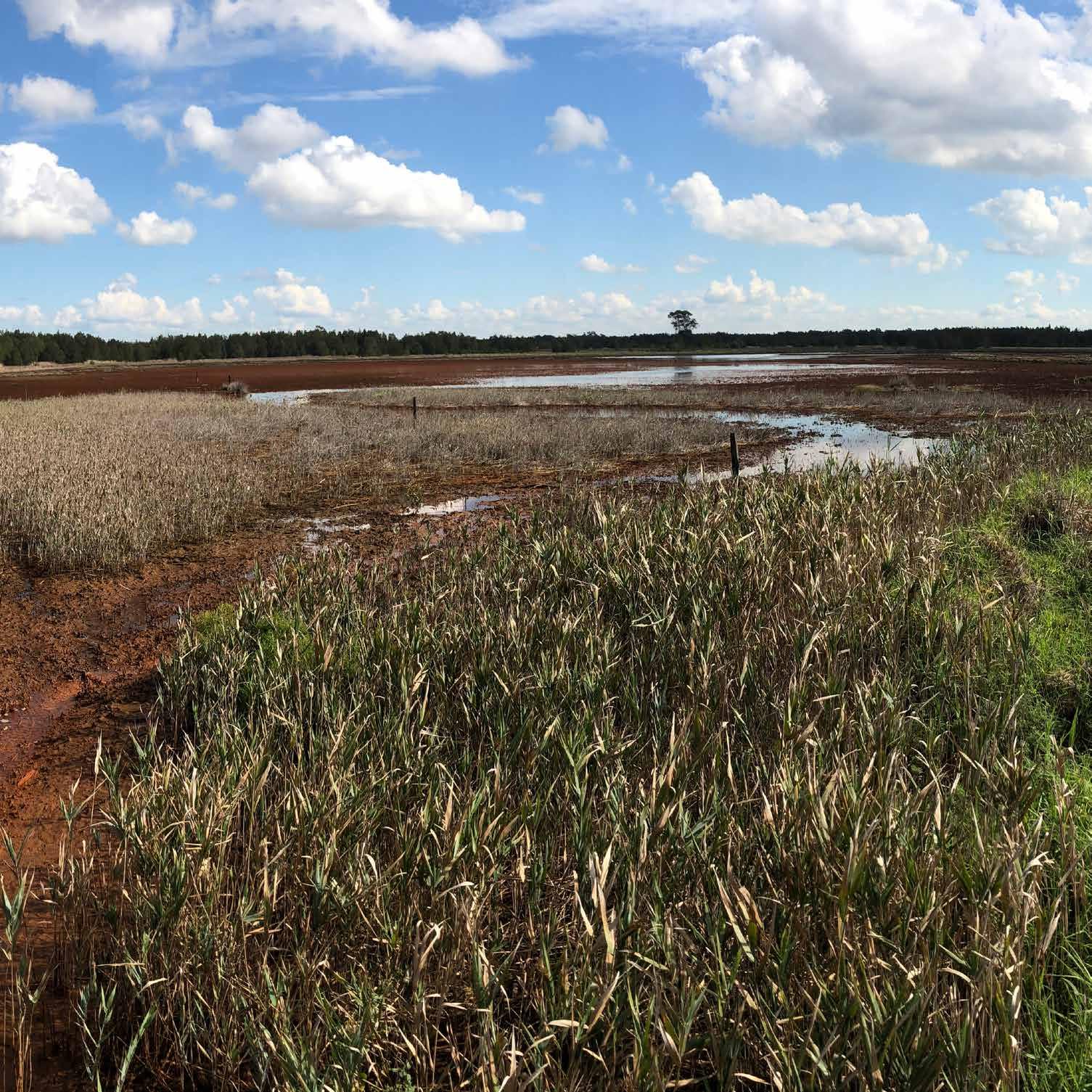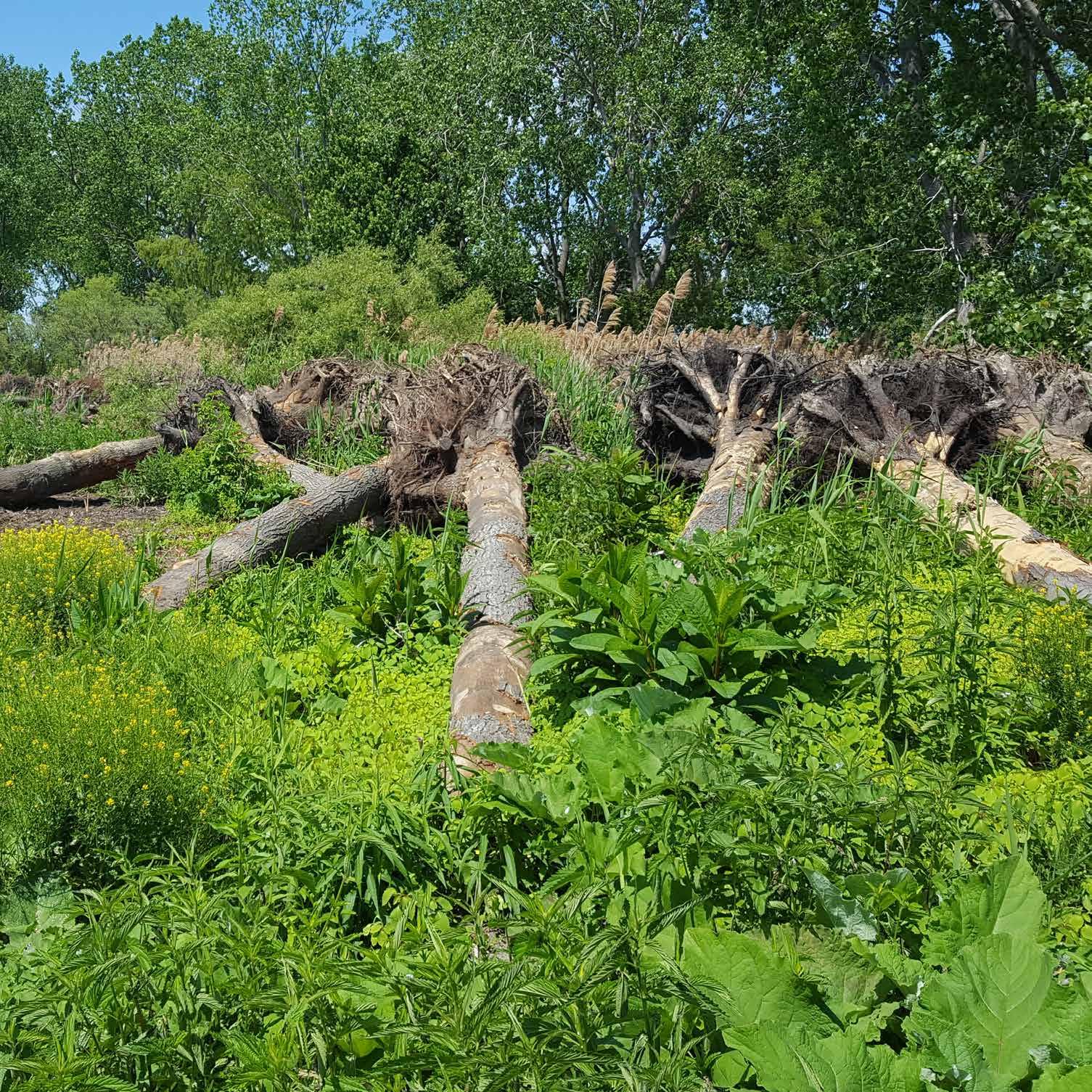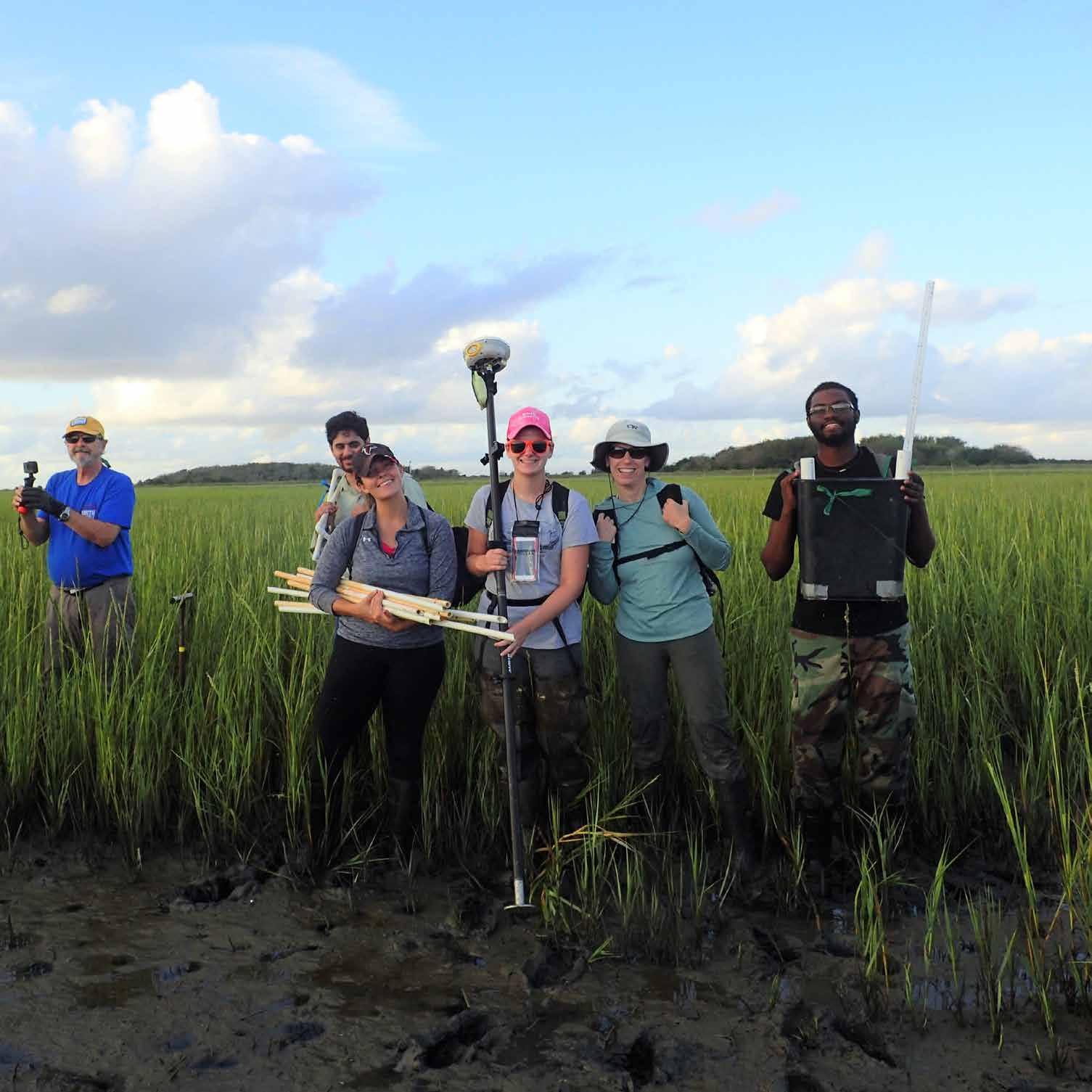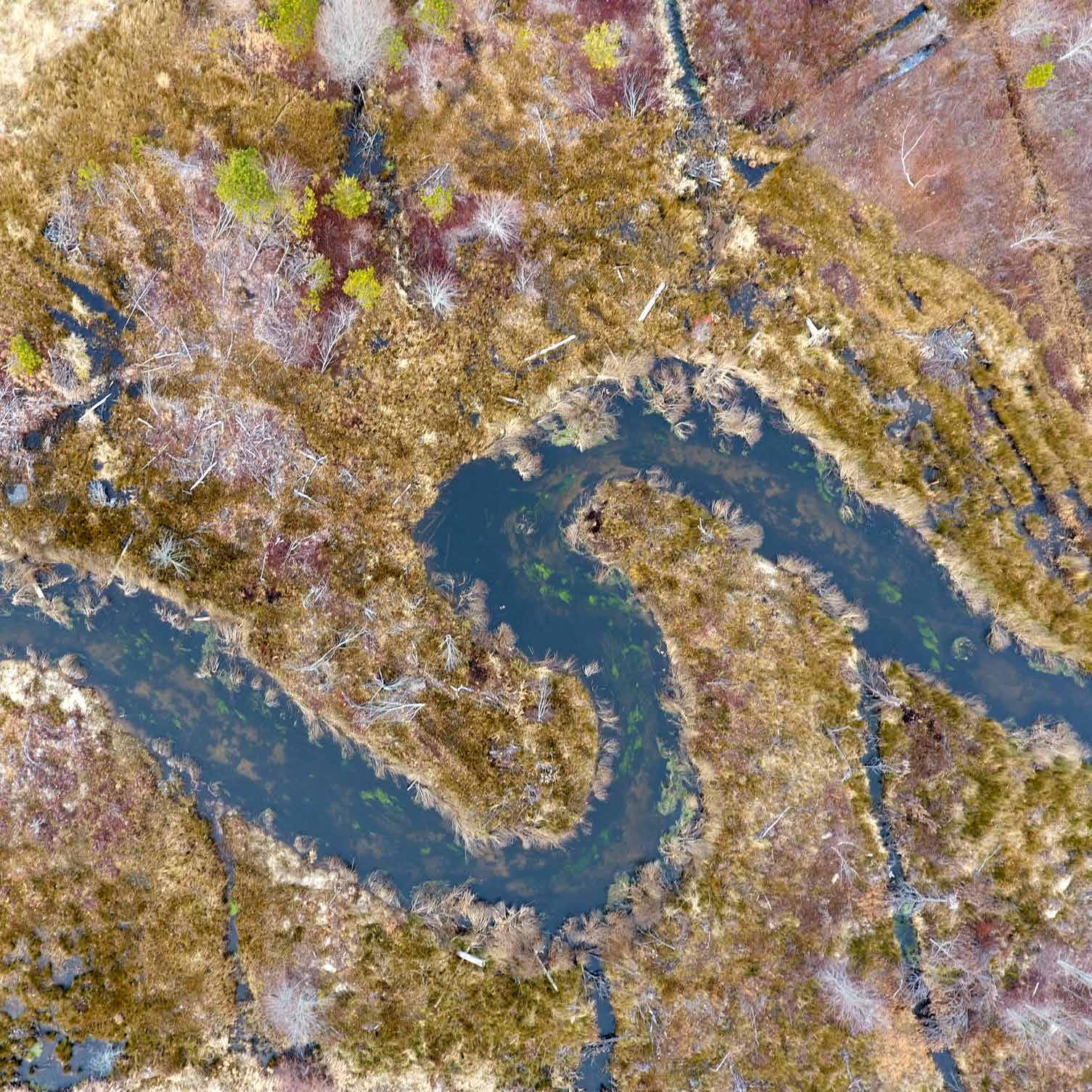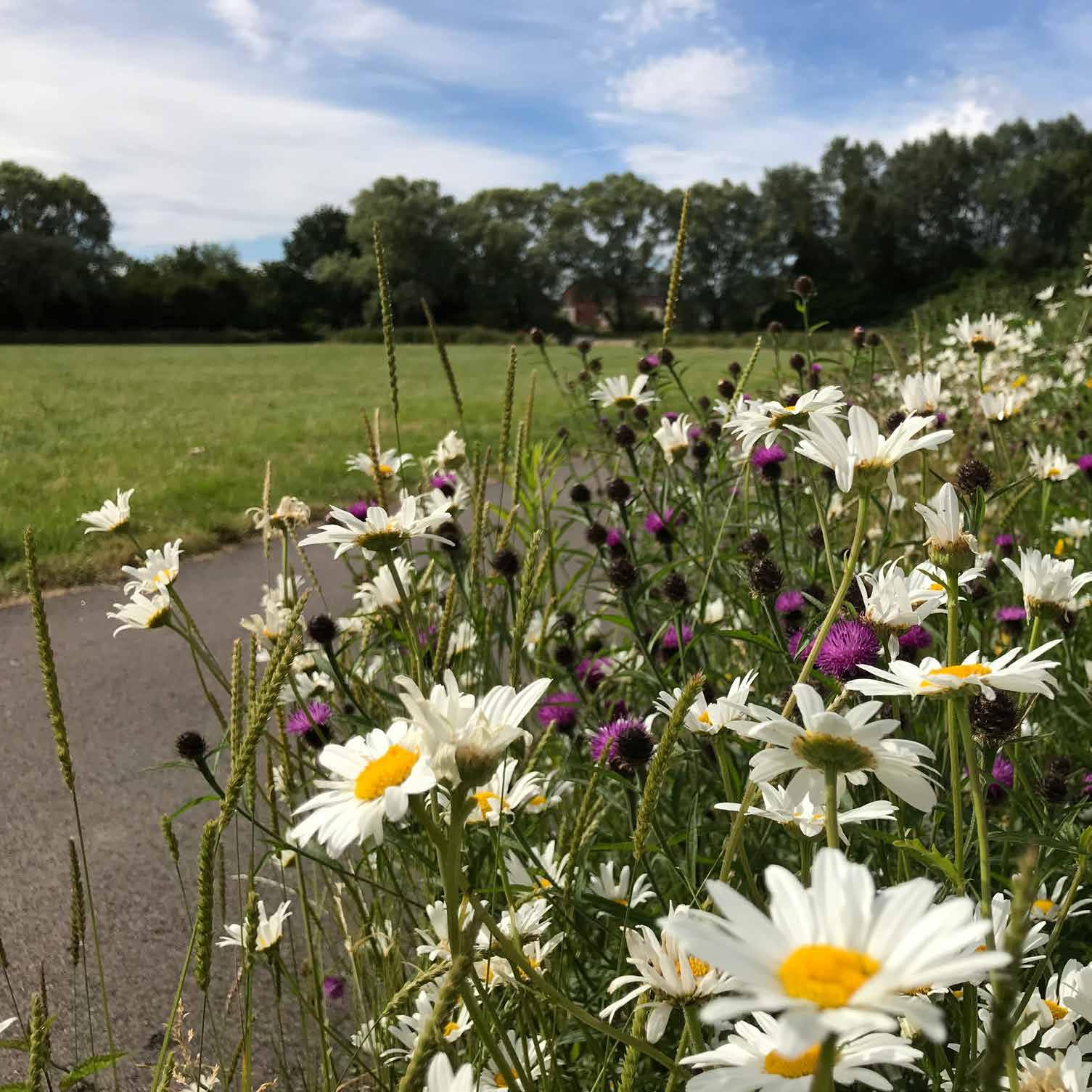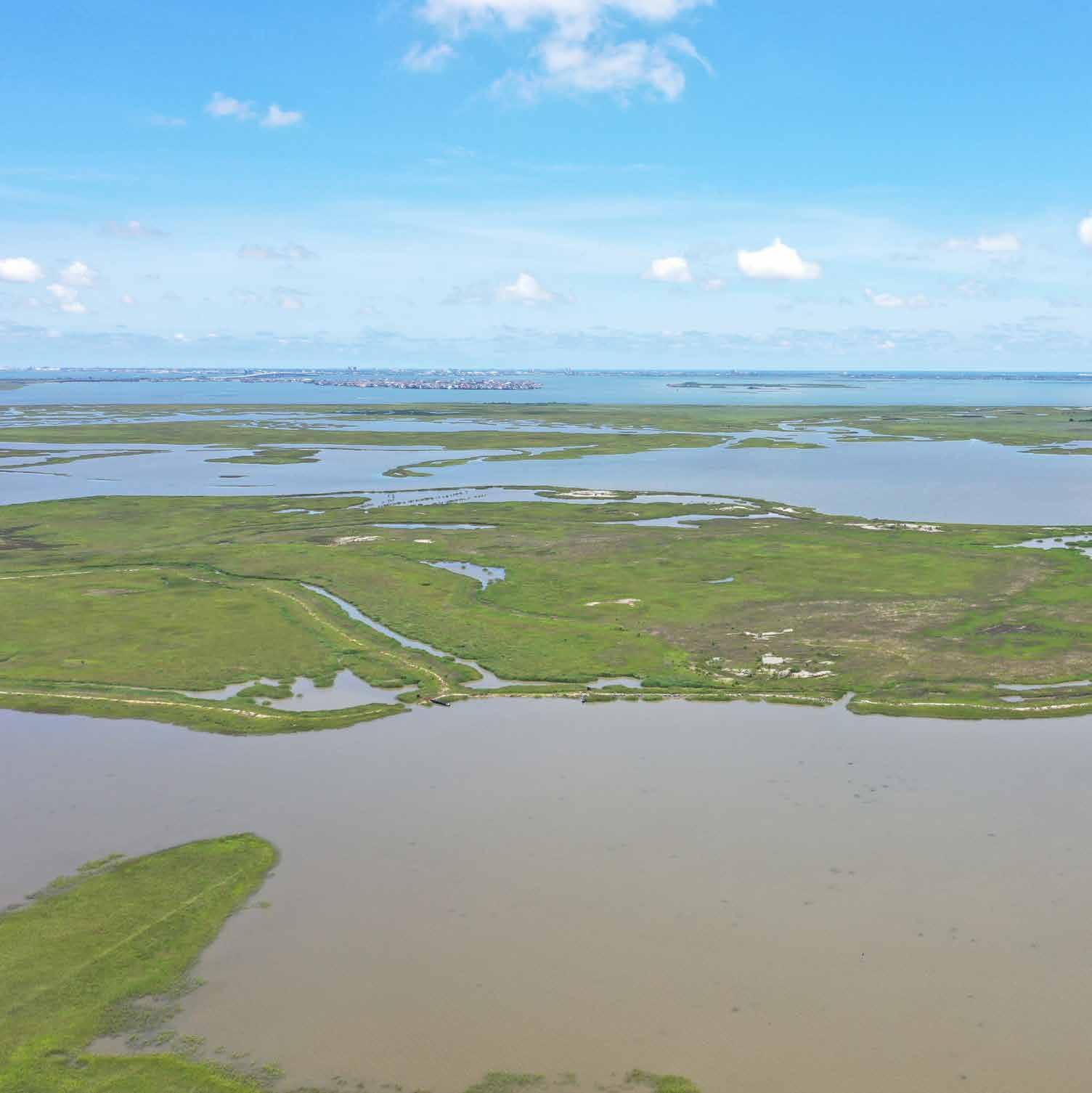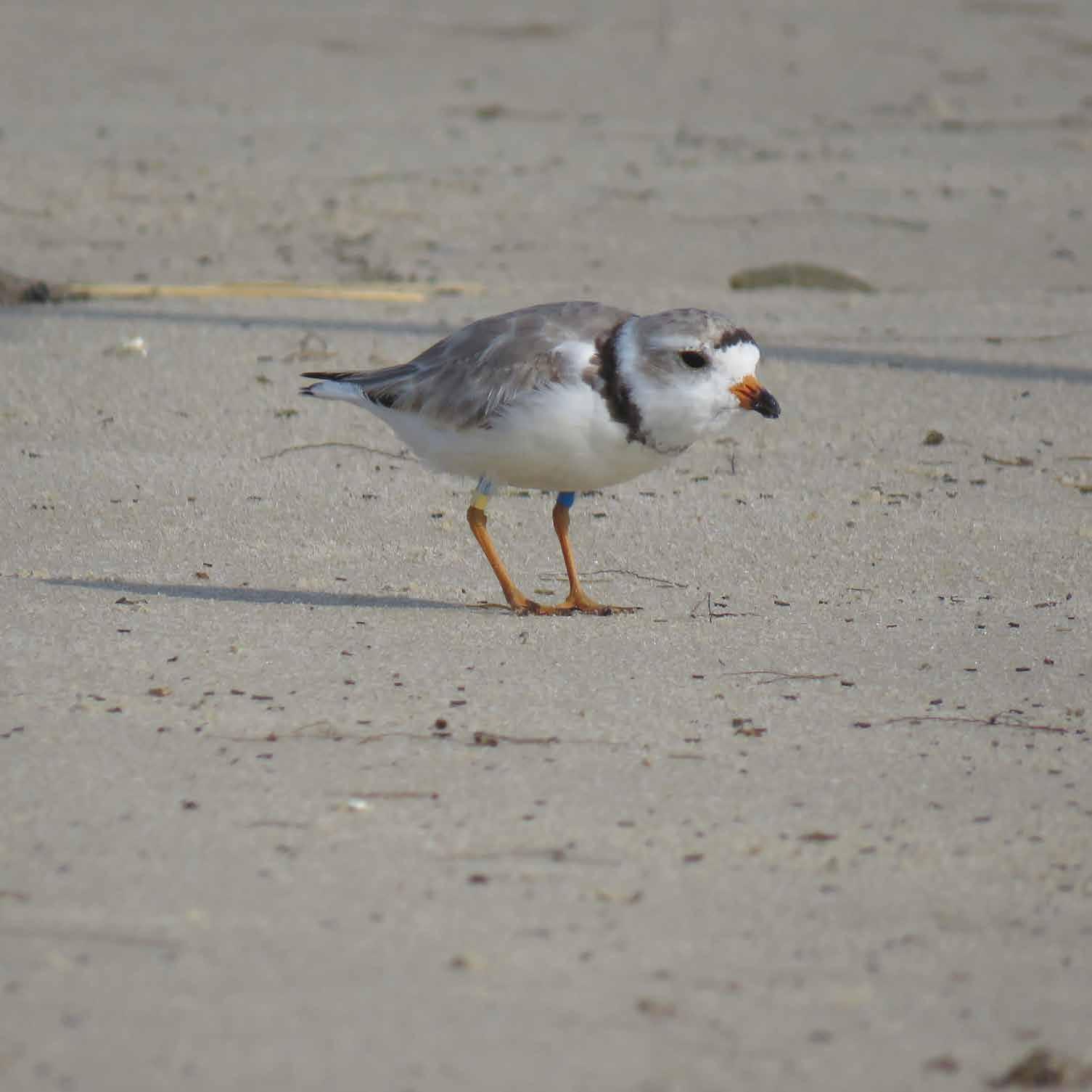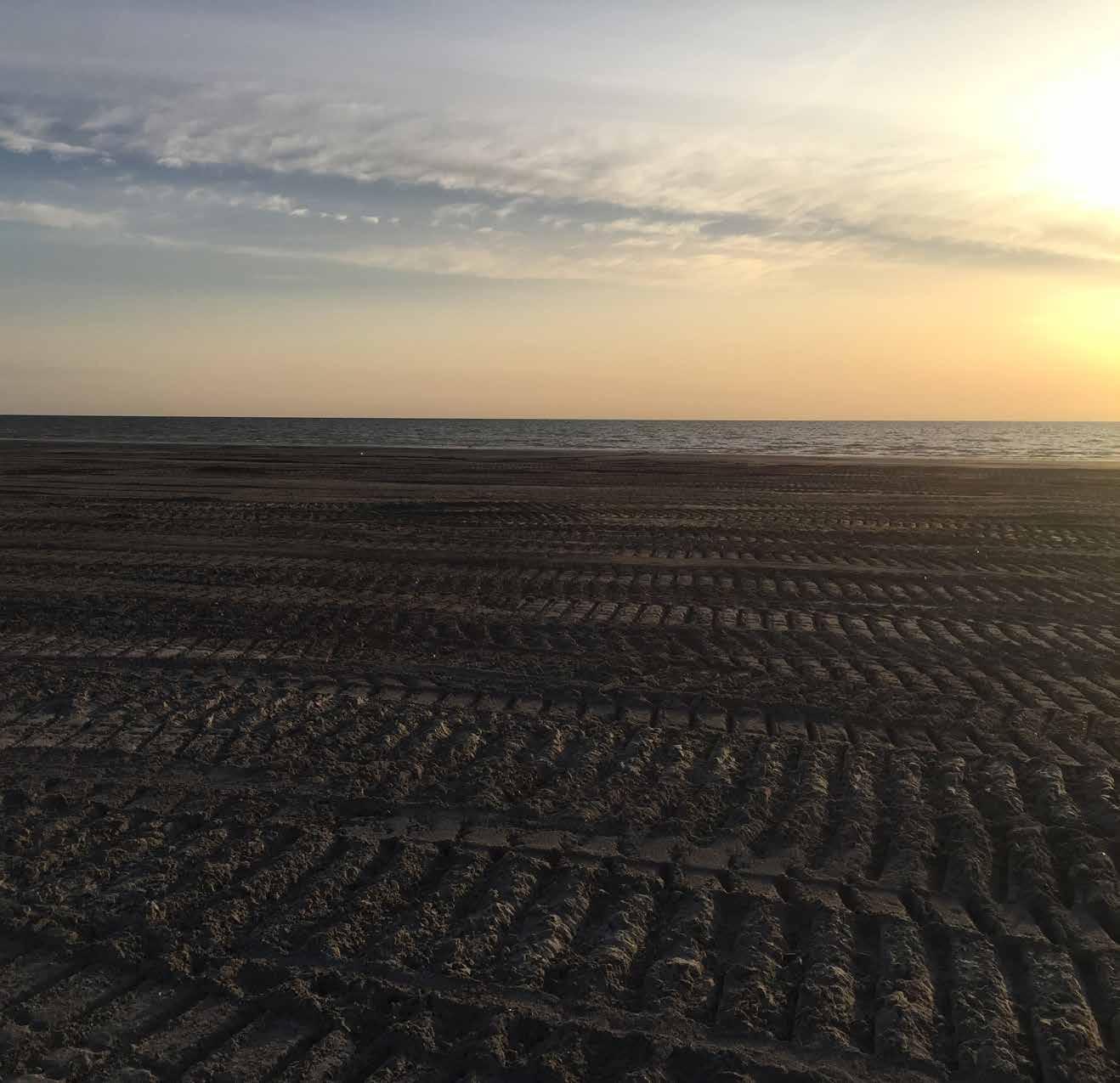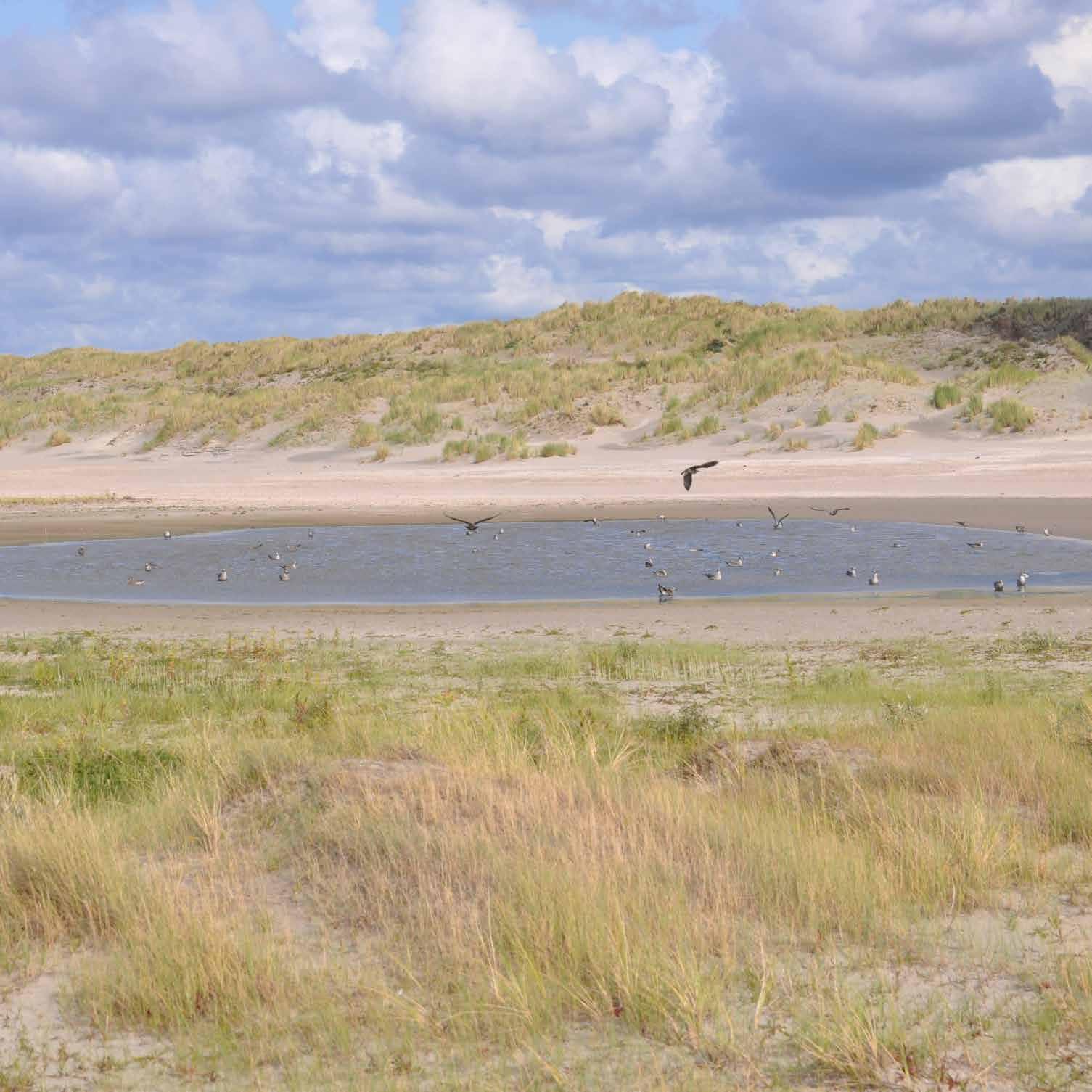Southern Flow Corridor Floodplains
Tillamook, Oregon, United States
Converting catastrophic flood recovery into widespread flood reduction. The Southern Flow Corridor project is a landscape-scale effort to relieve more than 1,214 hectares of community from regular flooding and reconnect more than 65 hectares of Tillamook Bay’s most productive salmon-bearing habitat to neighboring streams. Over the past 150 years, settlers have drained close to 90% of the Tillamook Estuary’s historical tidal wetlands to support other land uses. Levees and dikes constricted and disconnected the natural river channels, causing frequent seasonal flooding that often catastrophically affected landowners in Tillamook County. This habitat loss contributed to winter flooding events, created by a combination of storm surge, heavy rainfall, and snowmelt, and led directly to the decline of the area’s salmonid species, including chum (Oncorhynchus keta), Chinook (O. tshawytscha), and the threatened Oregon Coast coho salmon (O. kisutch). To resolve this, Tillamook County acquired 155 hectares of land where the Wilson and Trask Rivers meet and converted retired dairy land into wetlands by removing an extensive system of levees. In addition to restoring 179 hectares of habitat, the project opened 21.2 kilometers of new tidal channels for migratory fish while reducing flooding and protecting private property.
192














